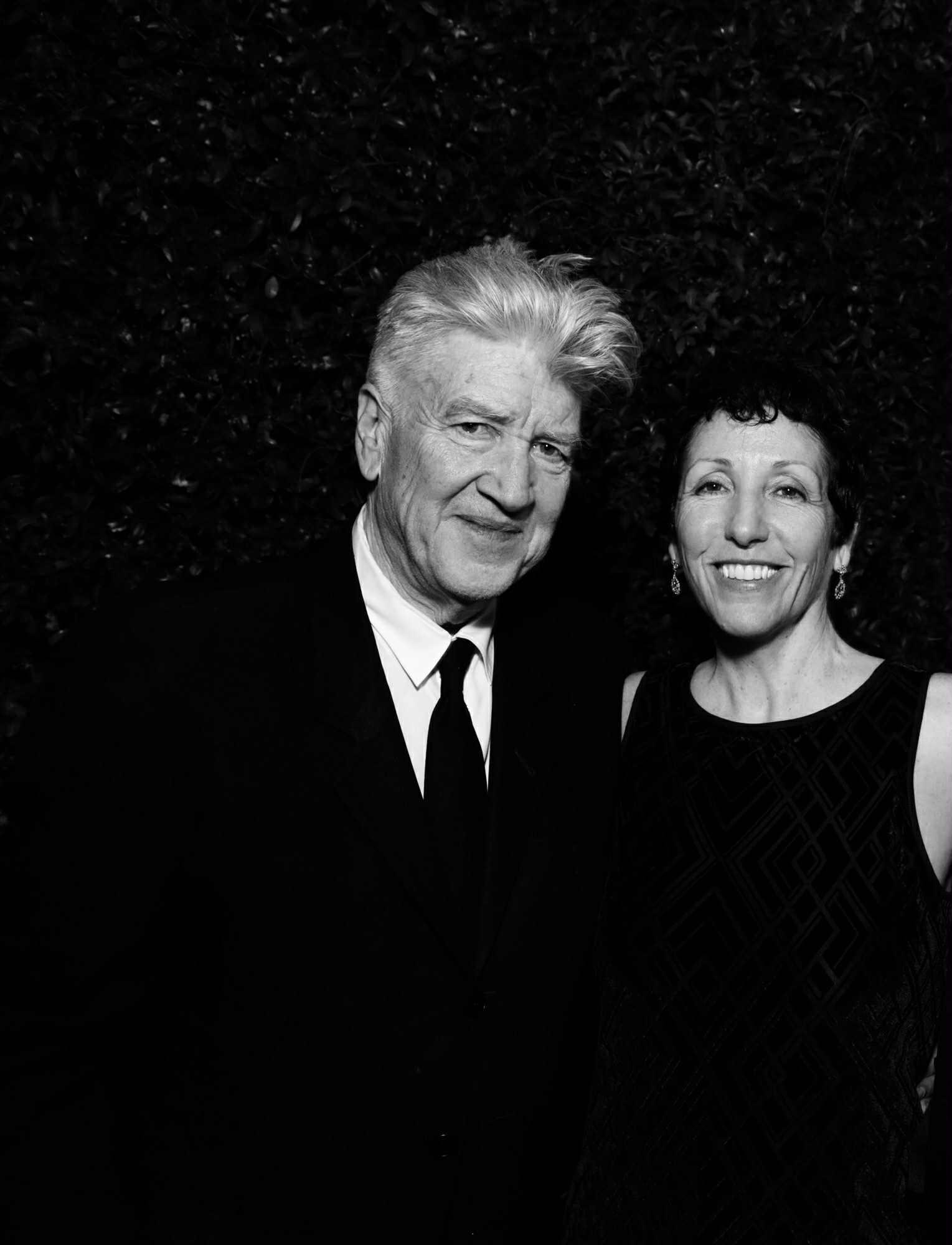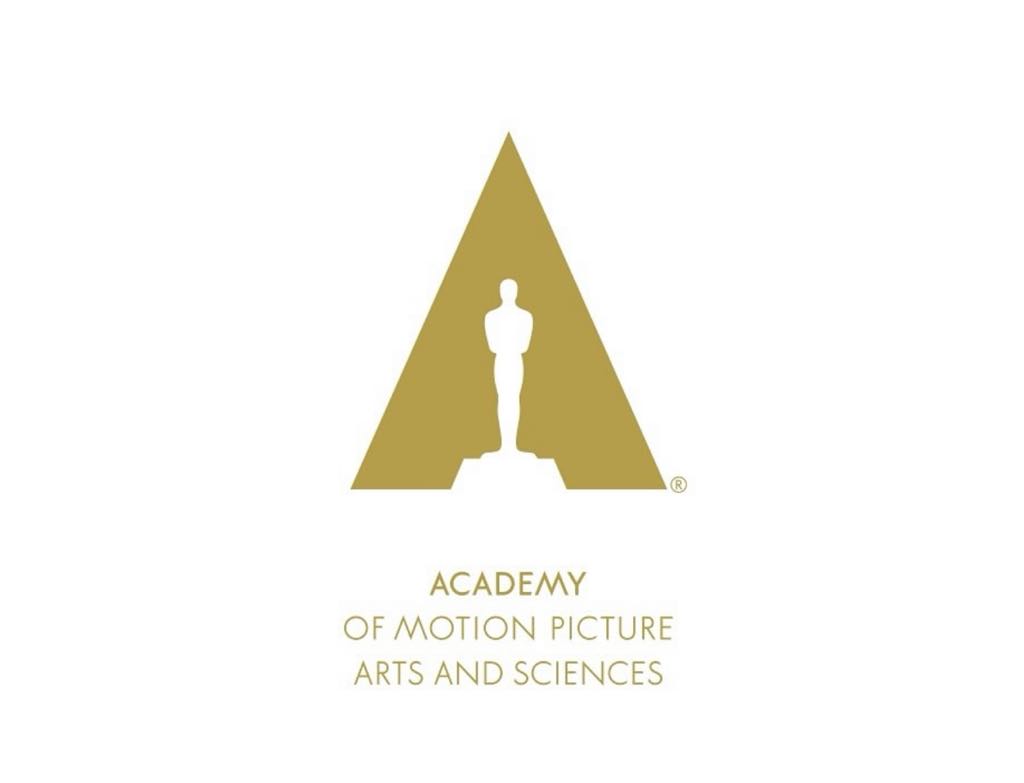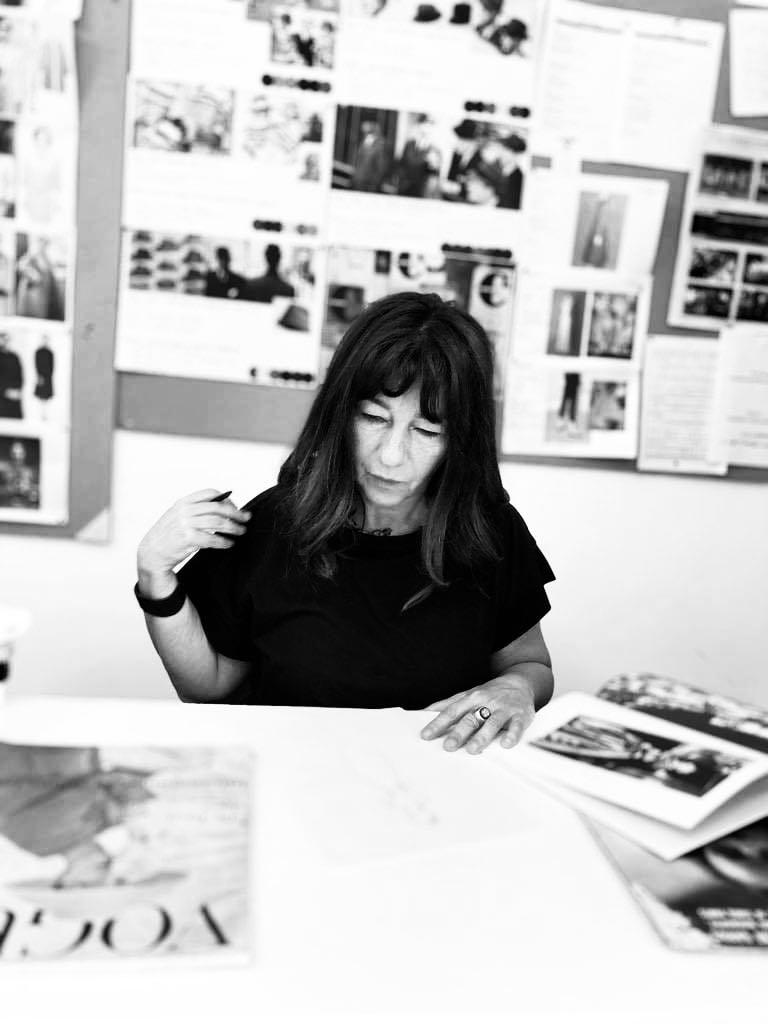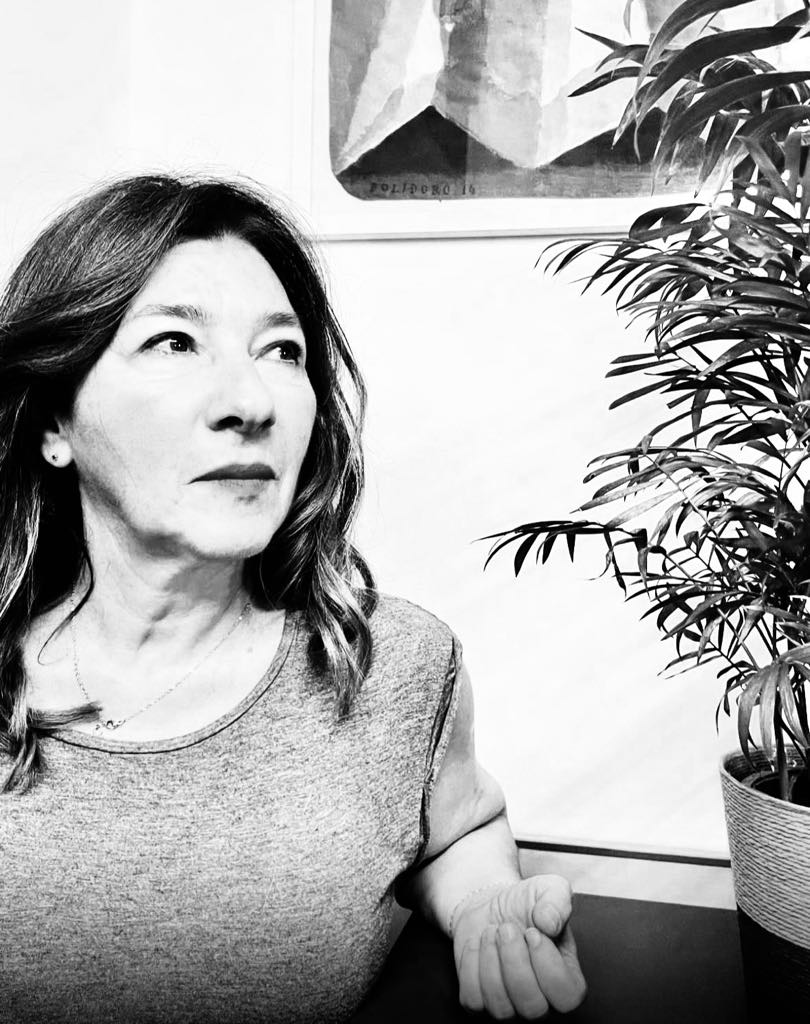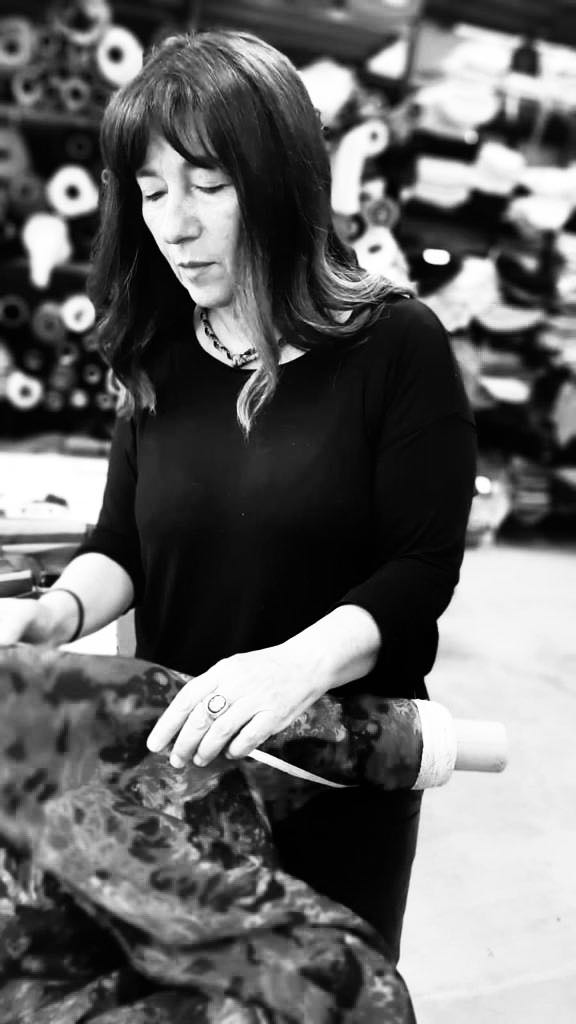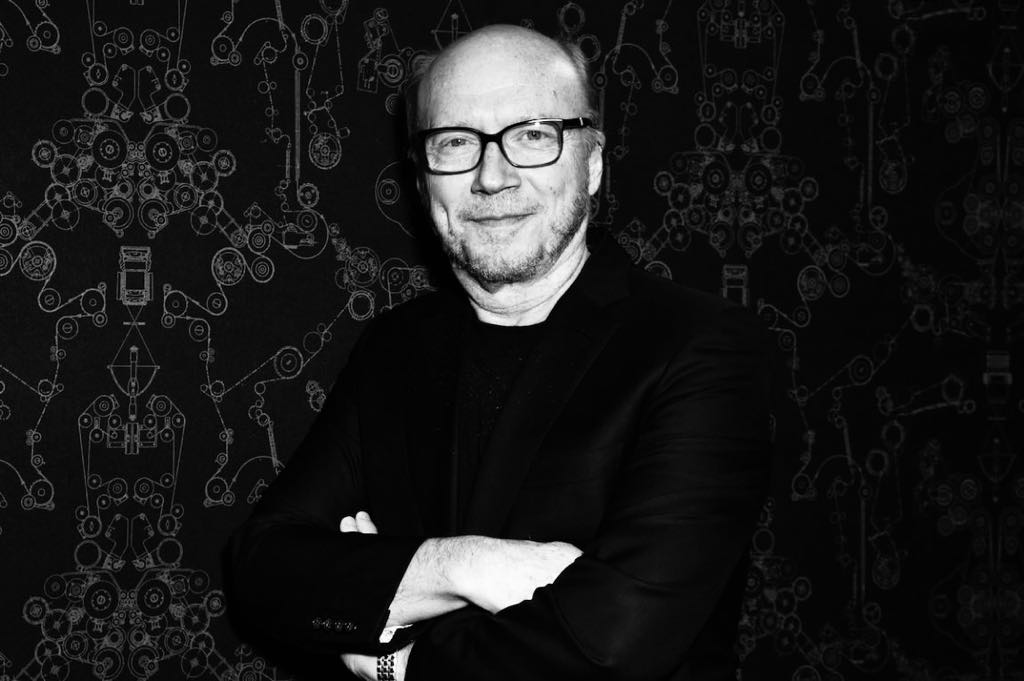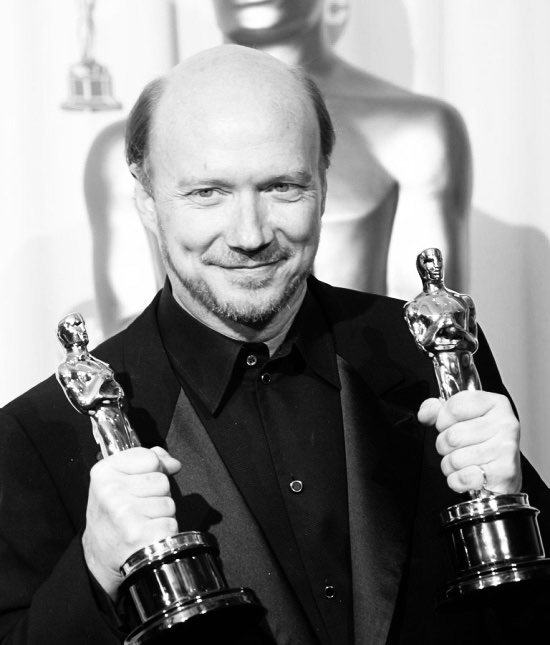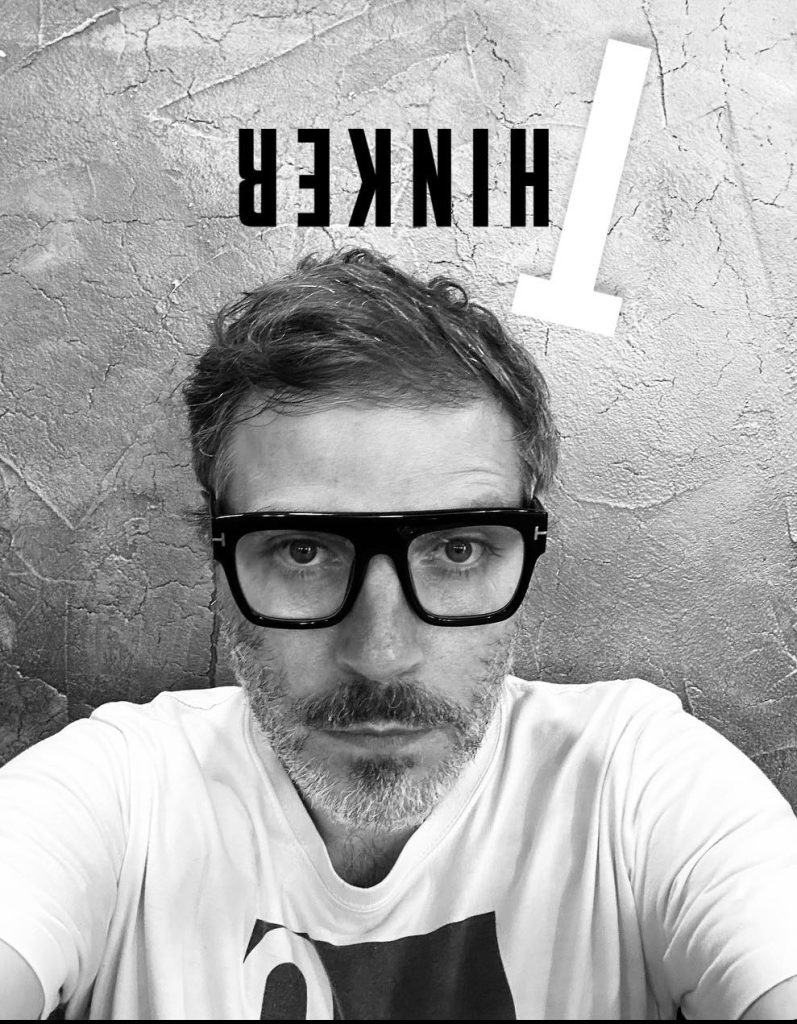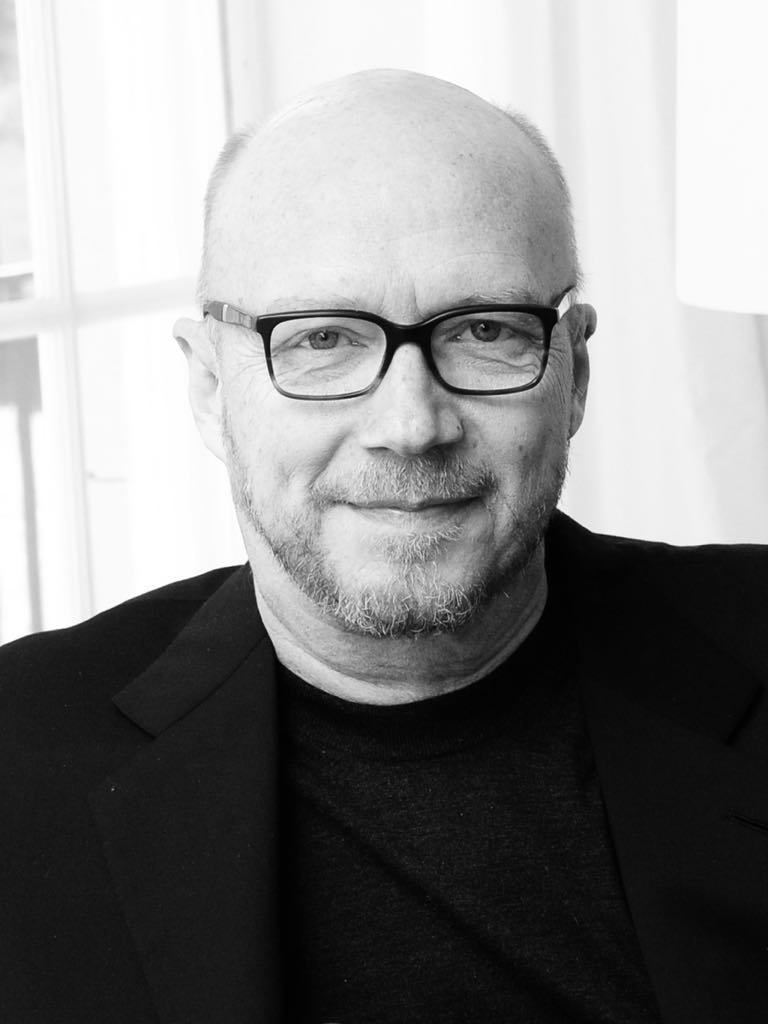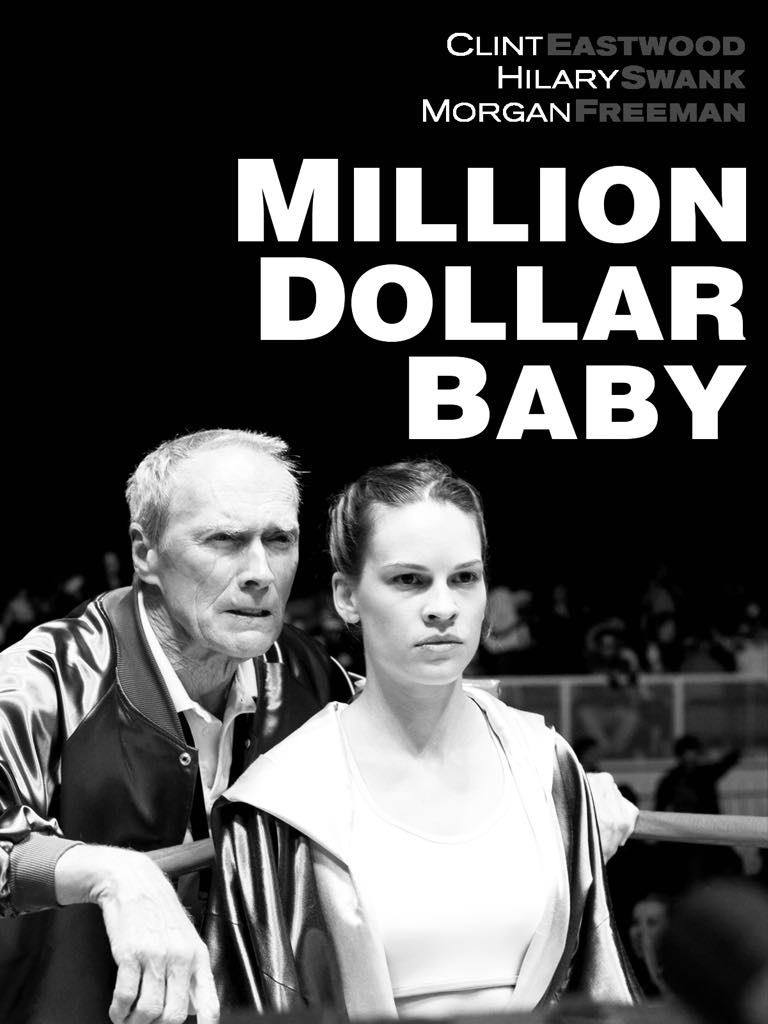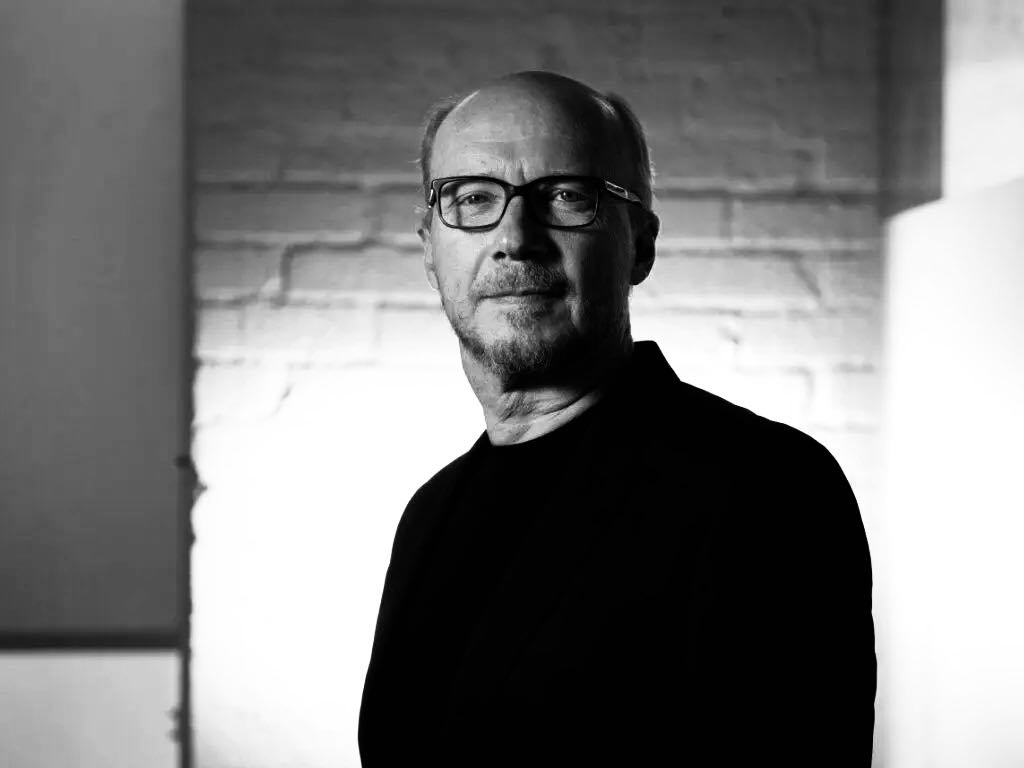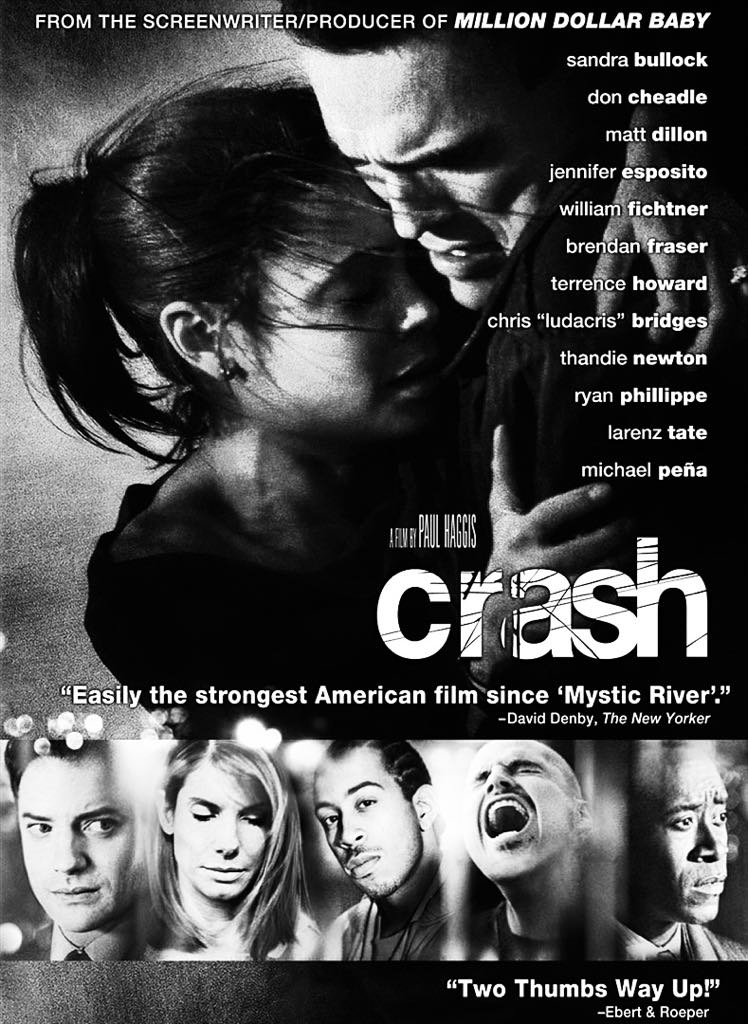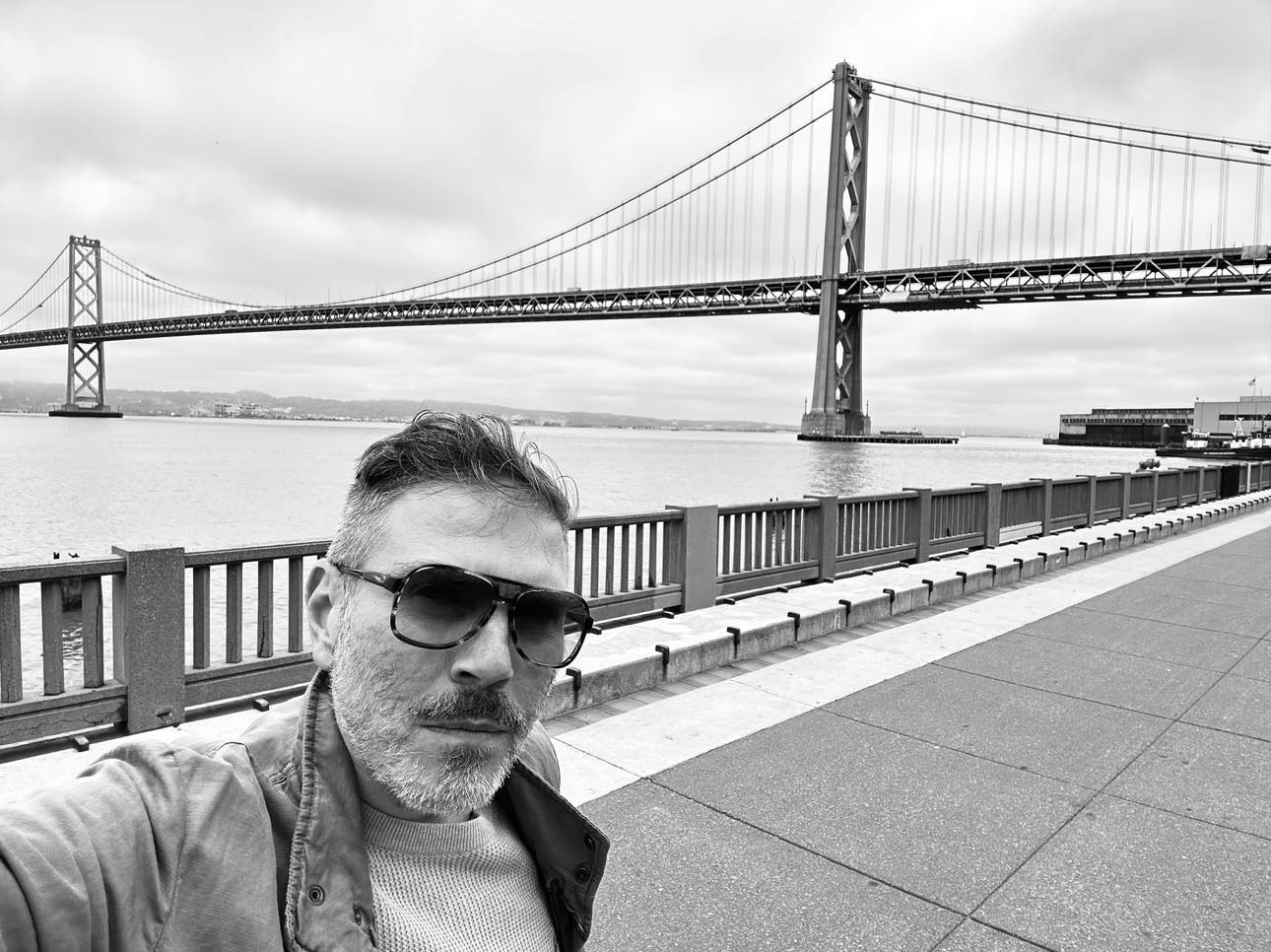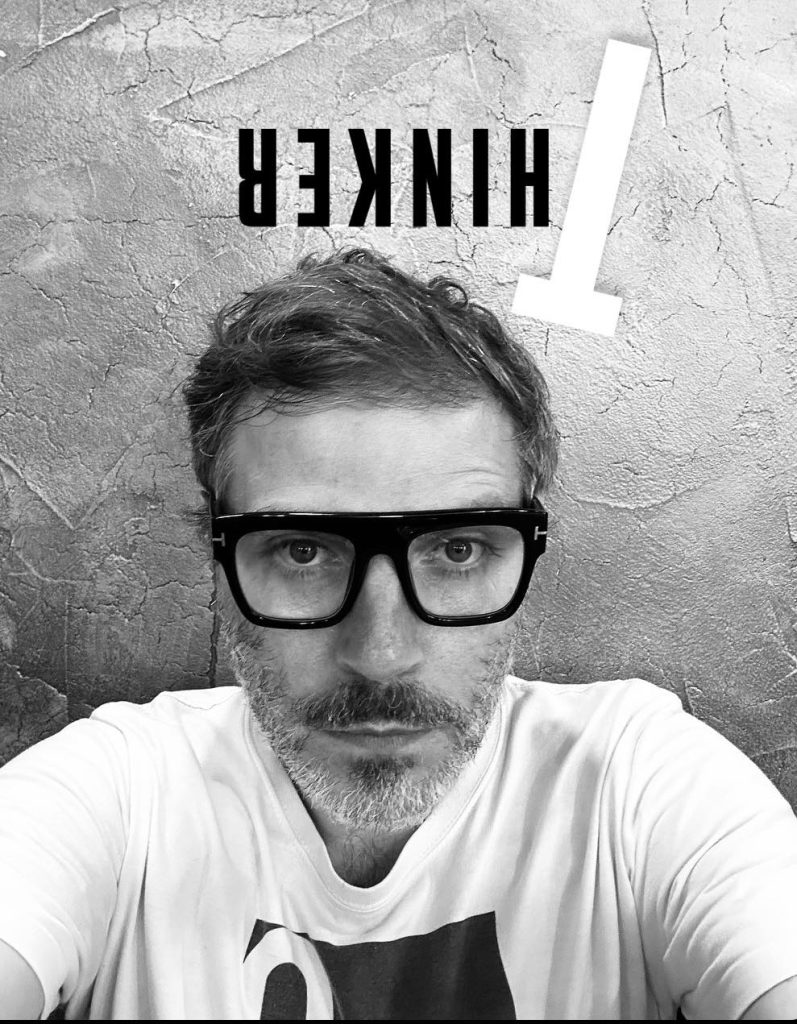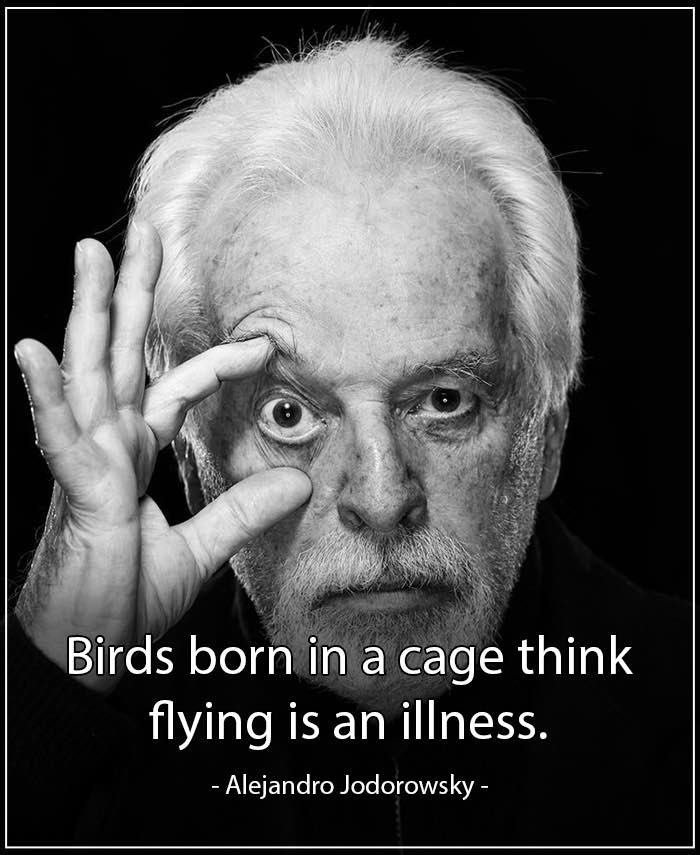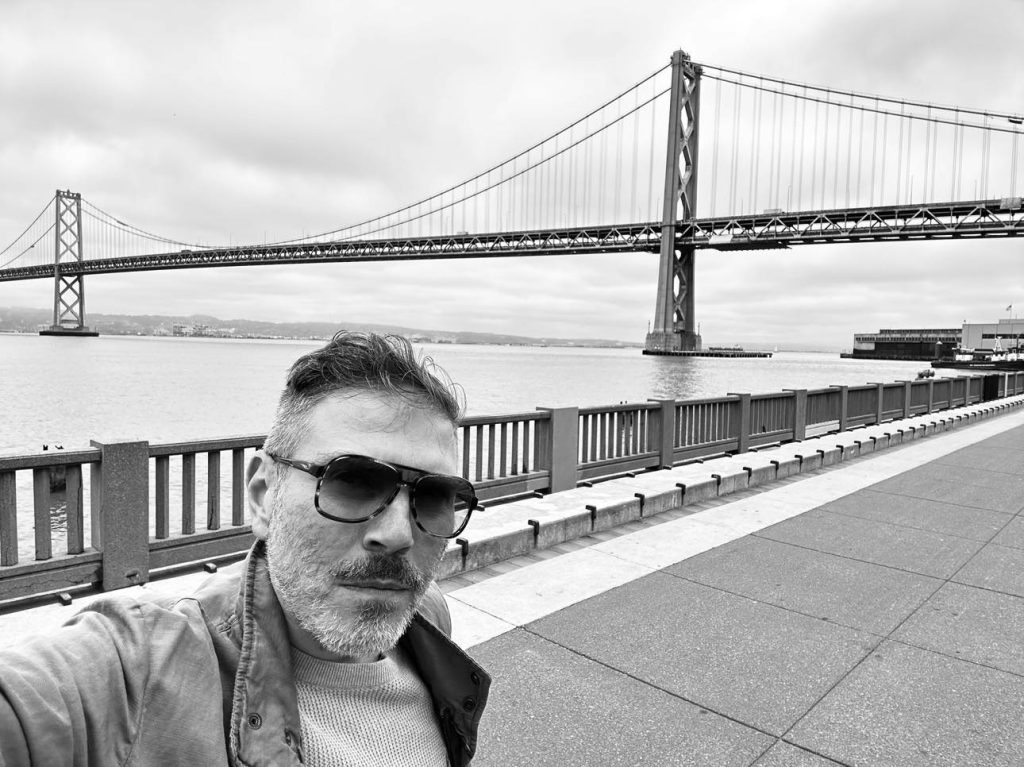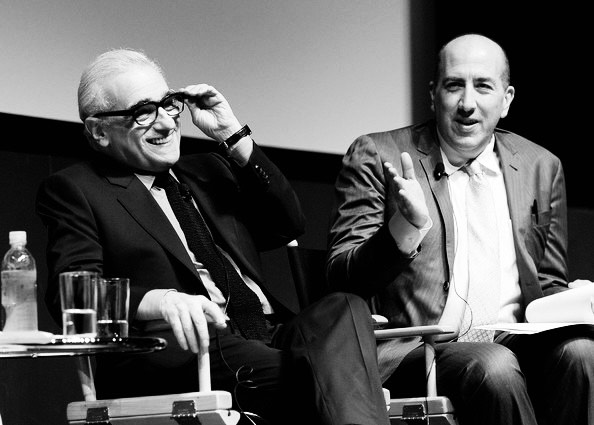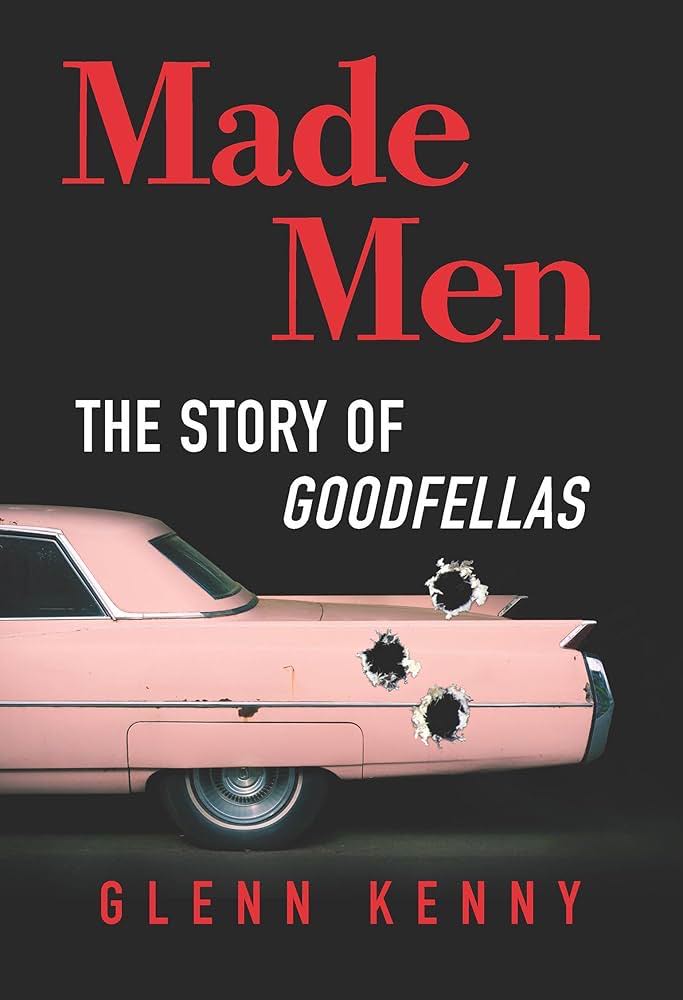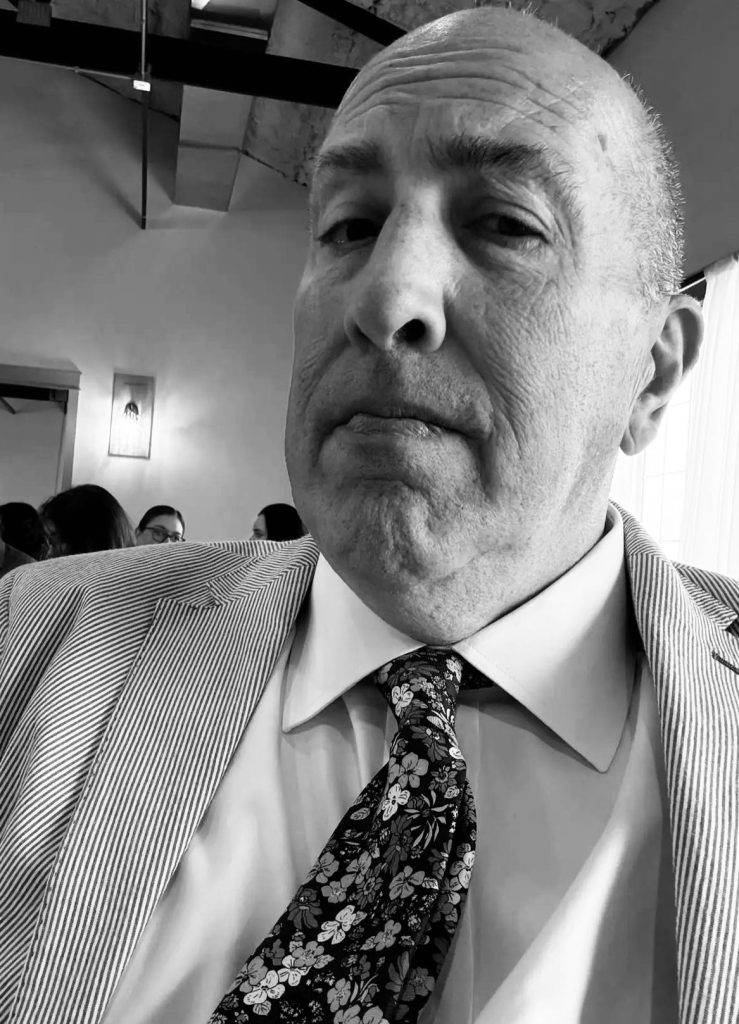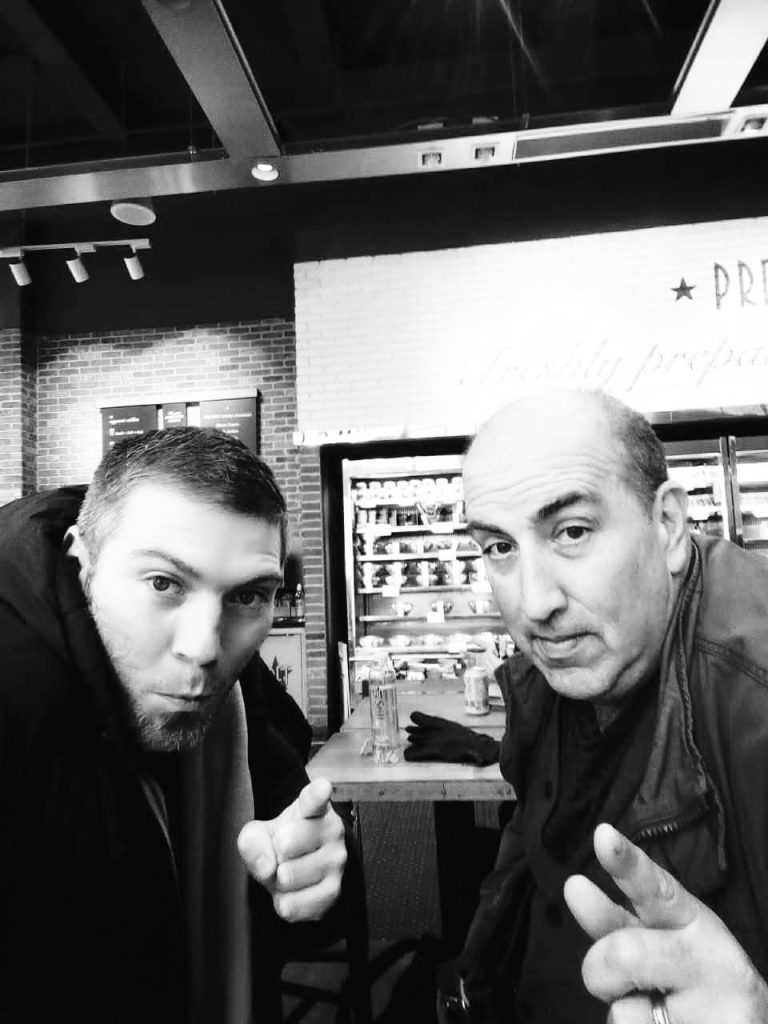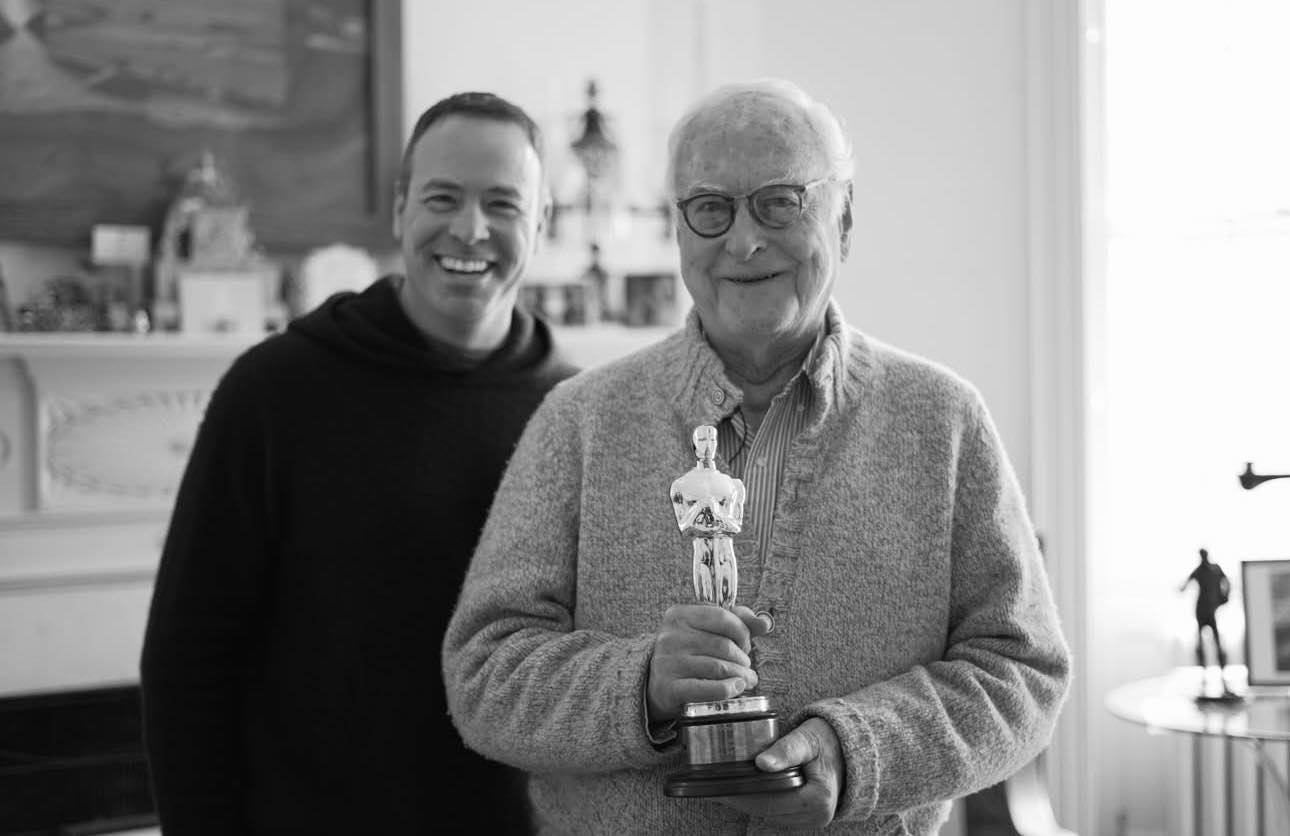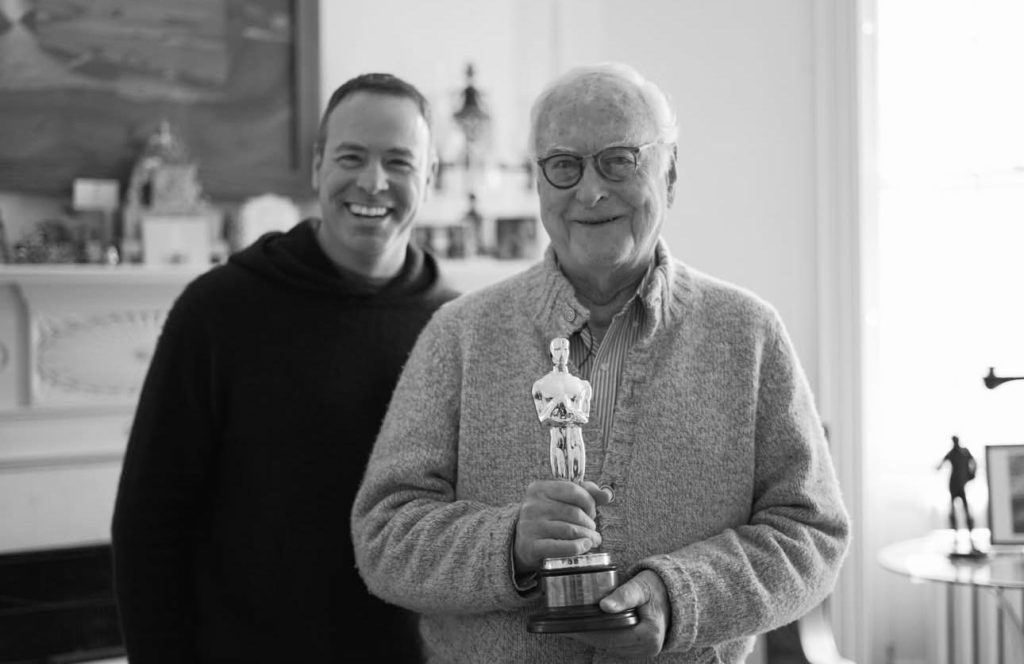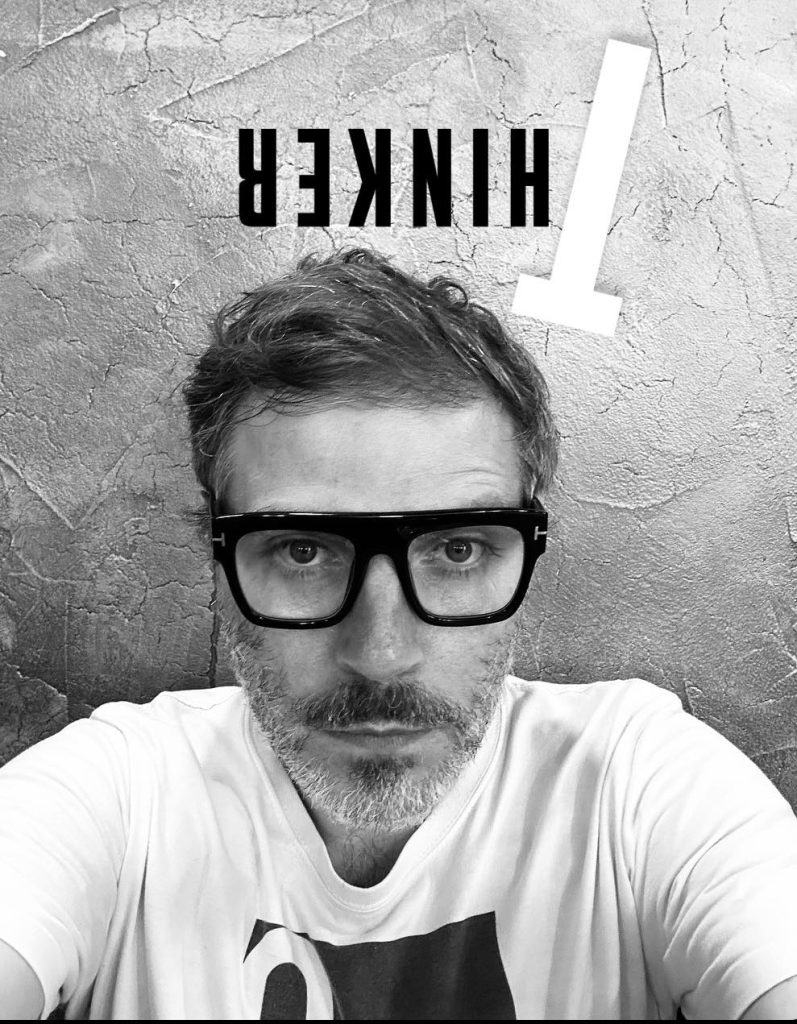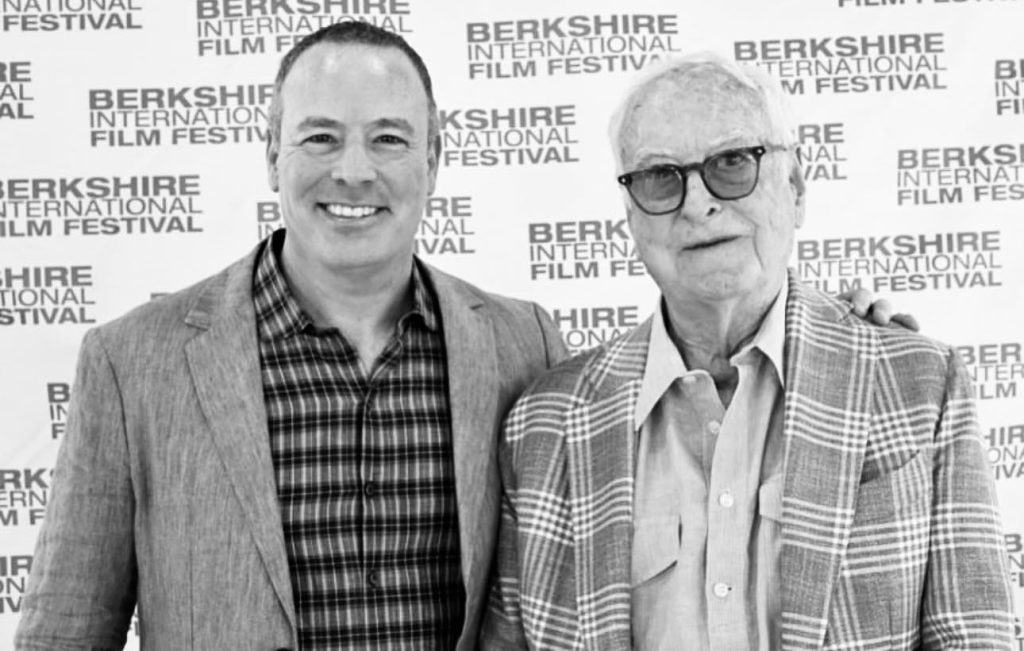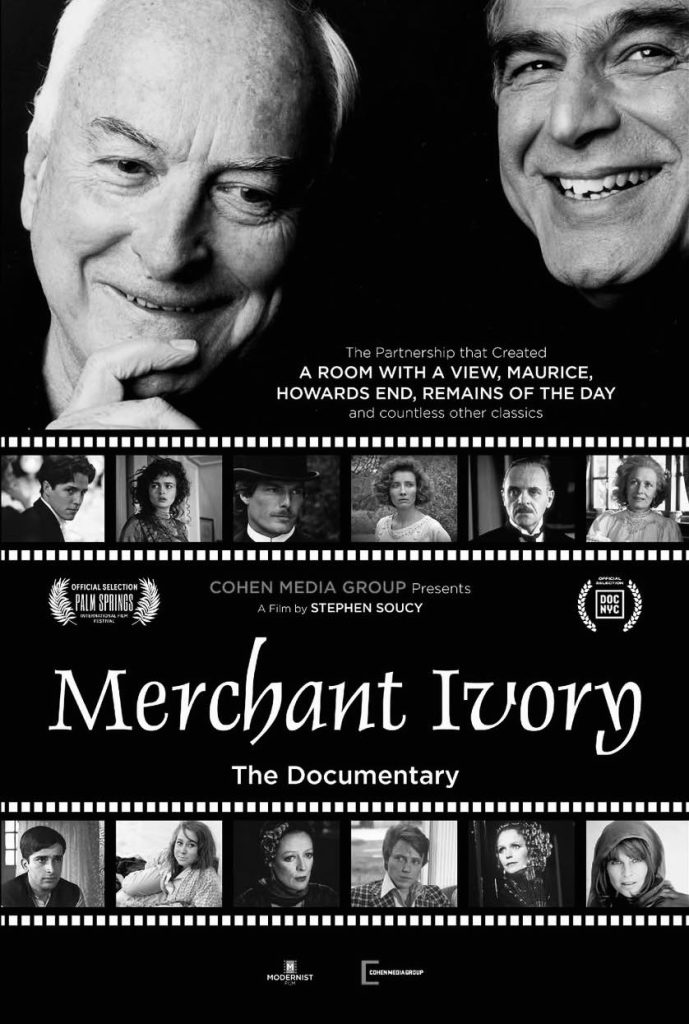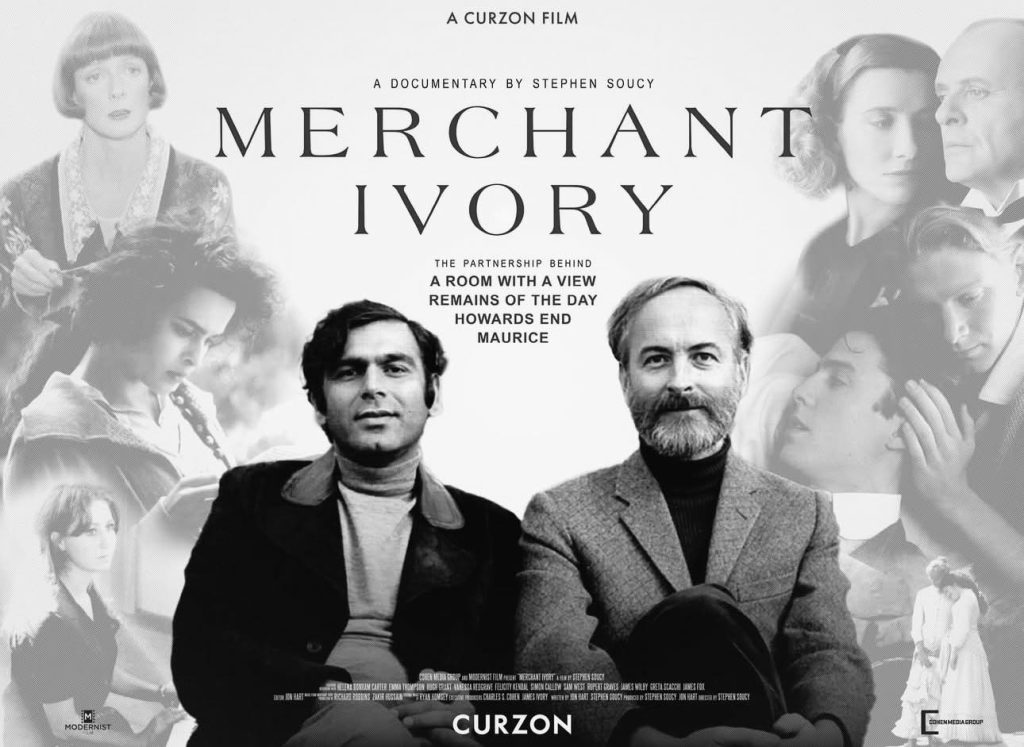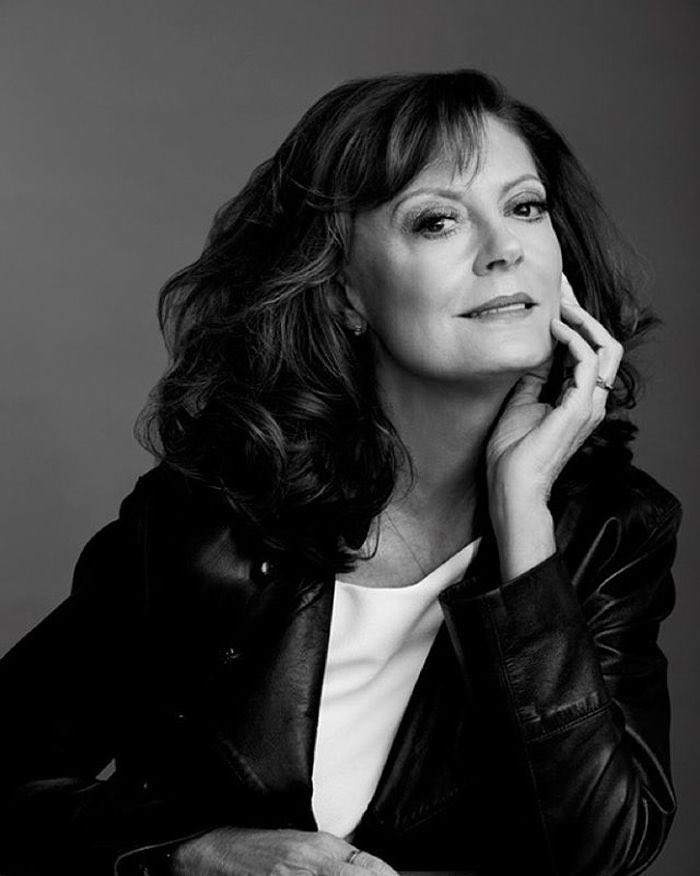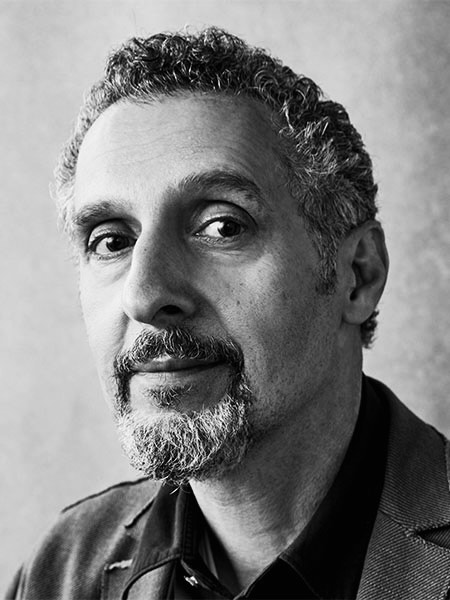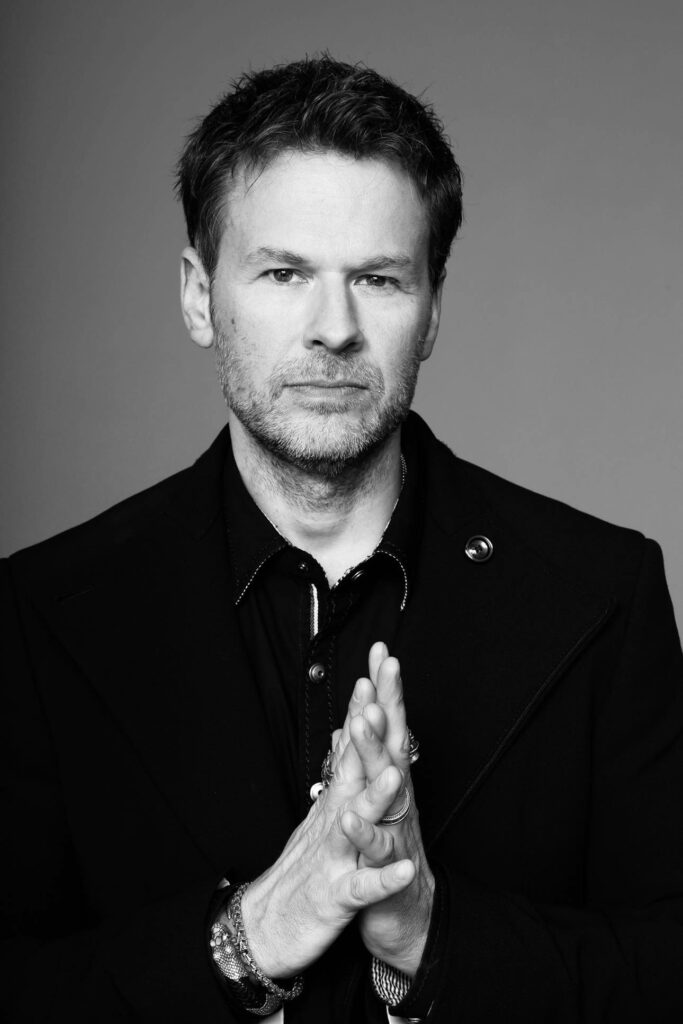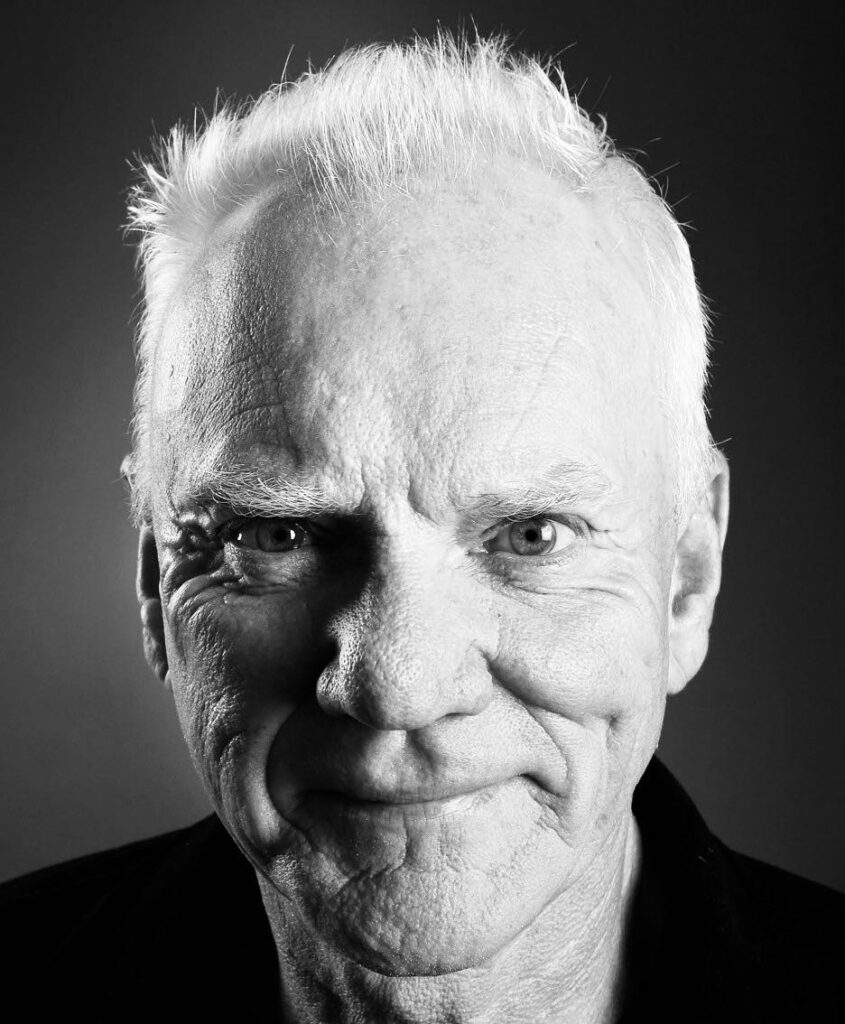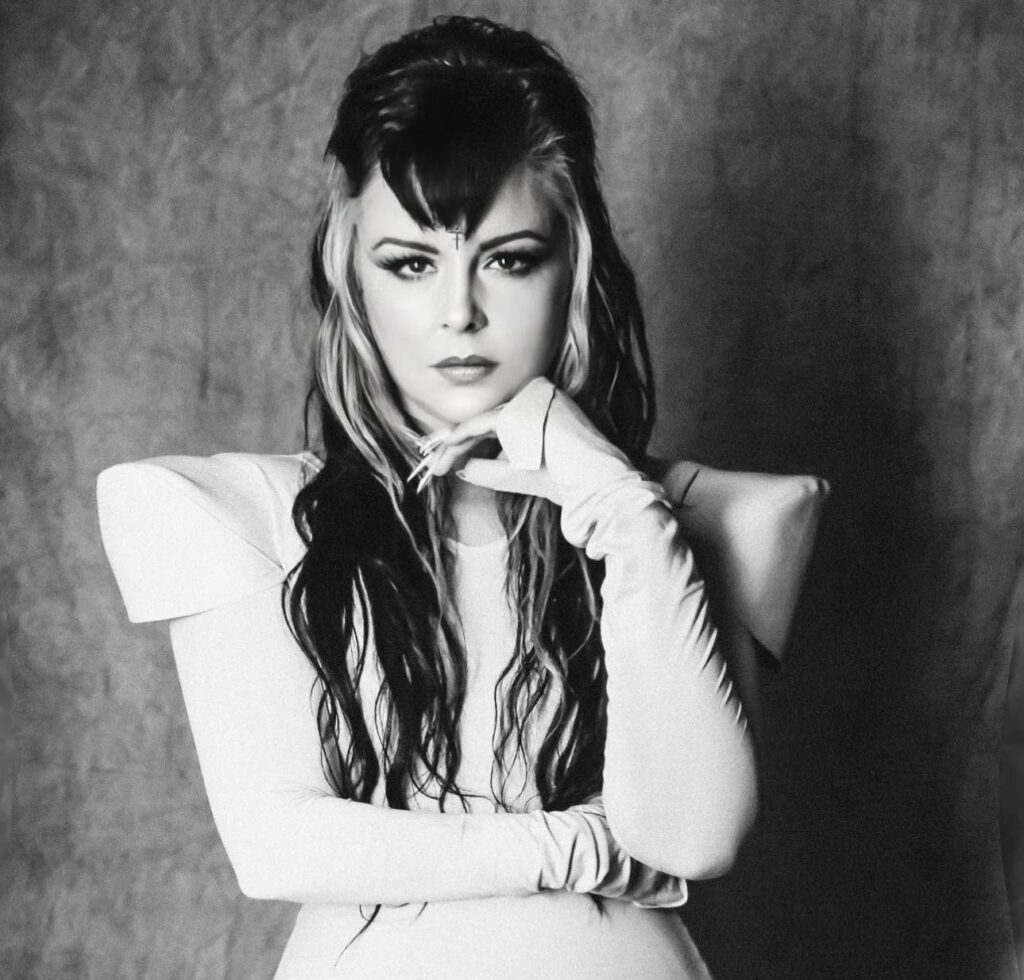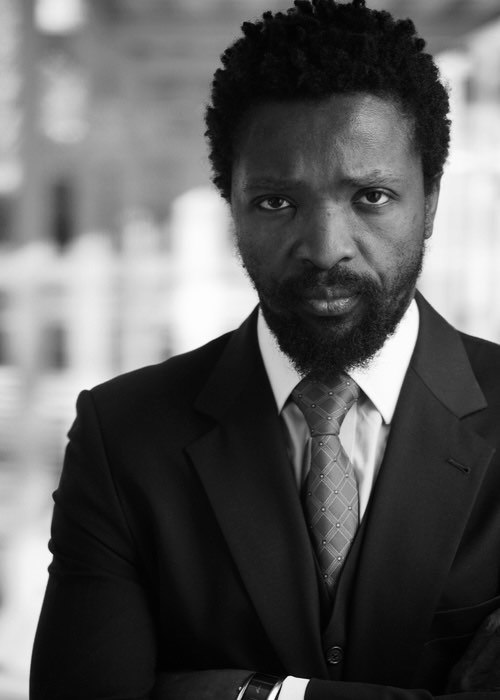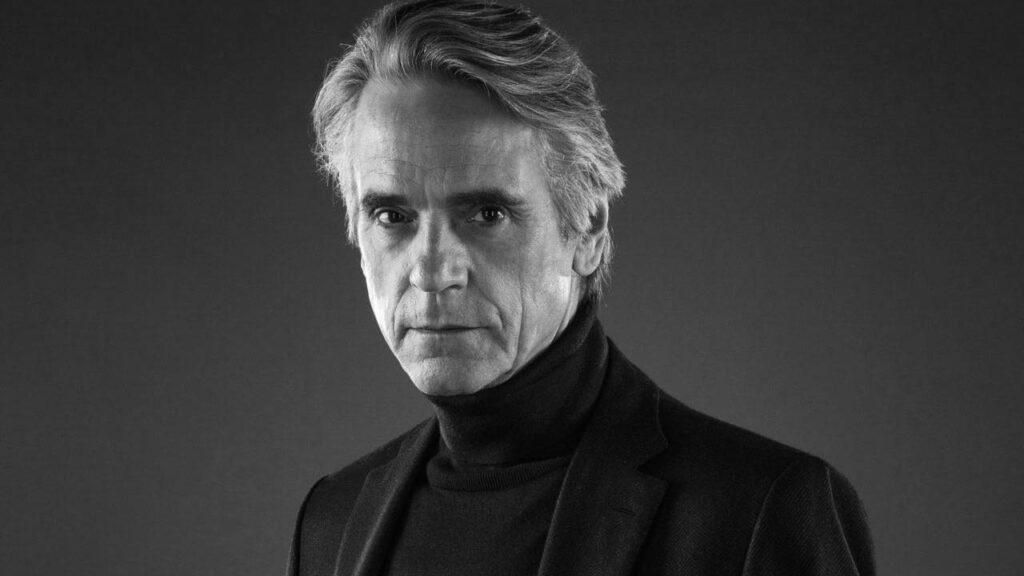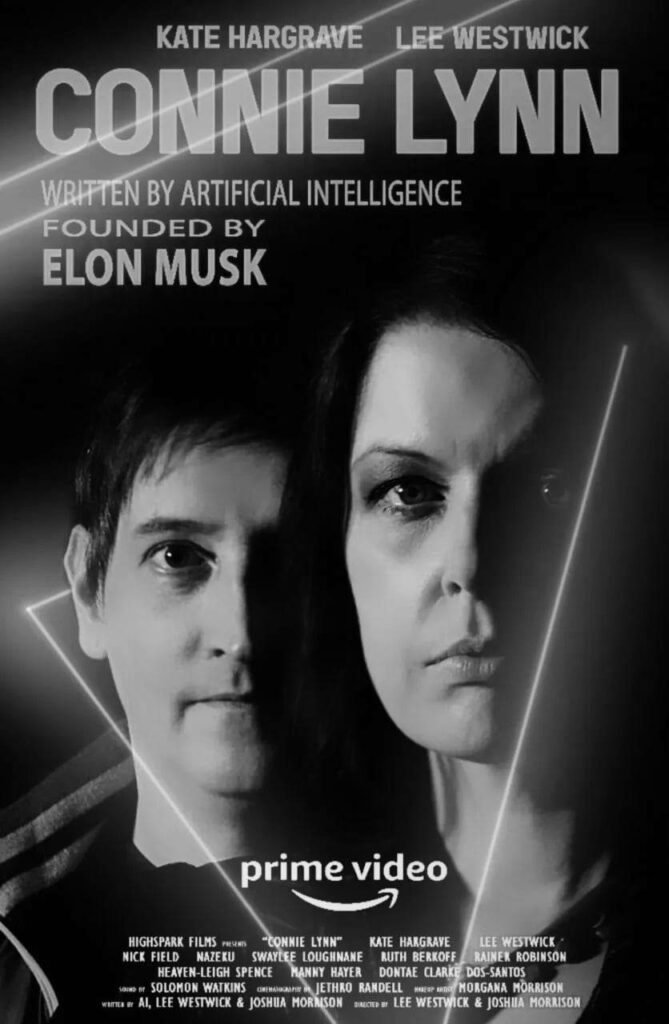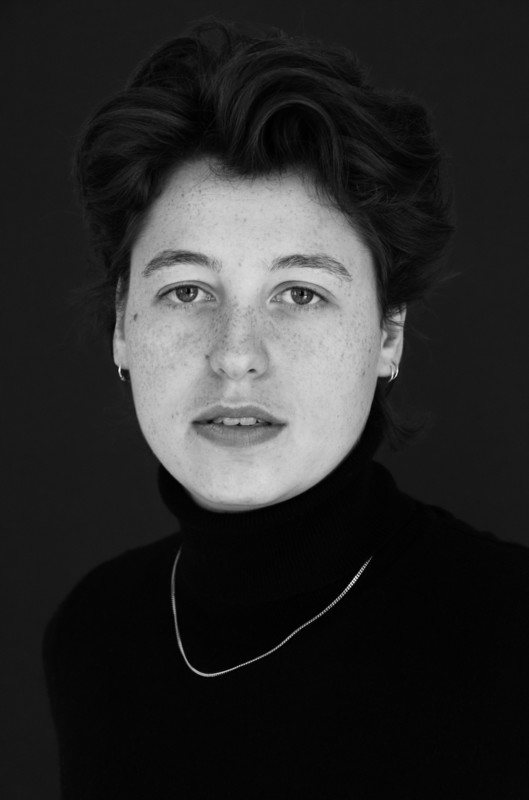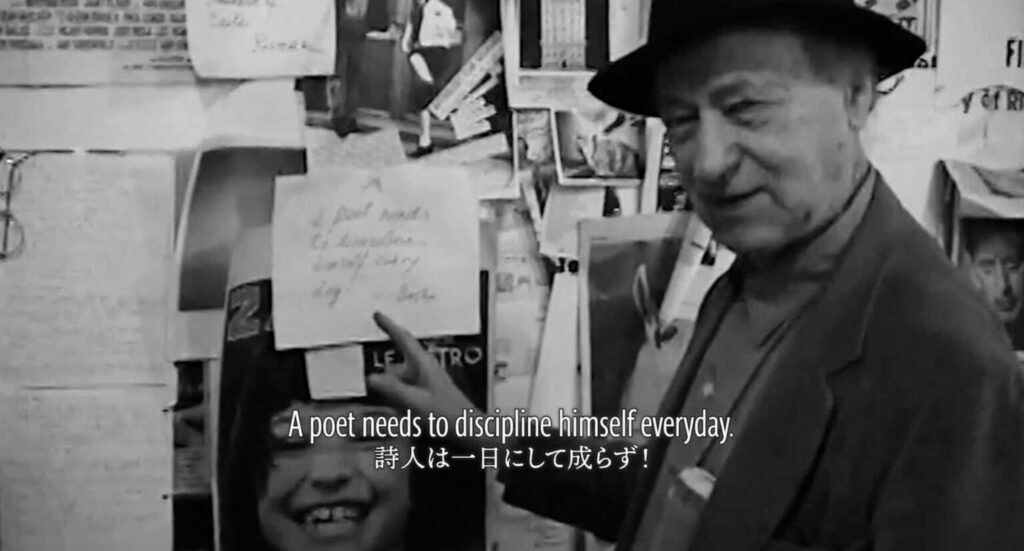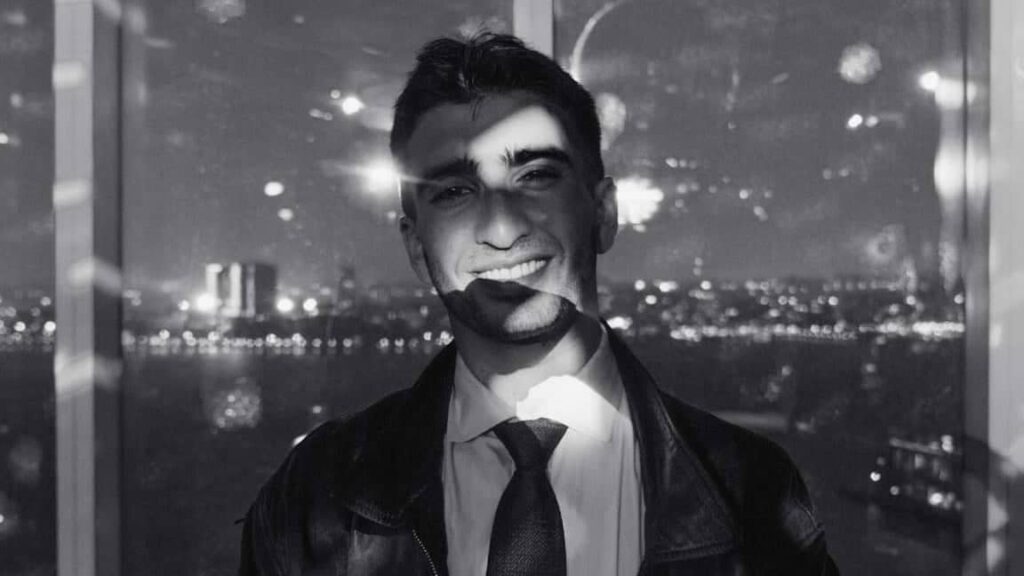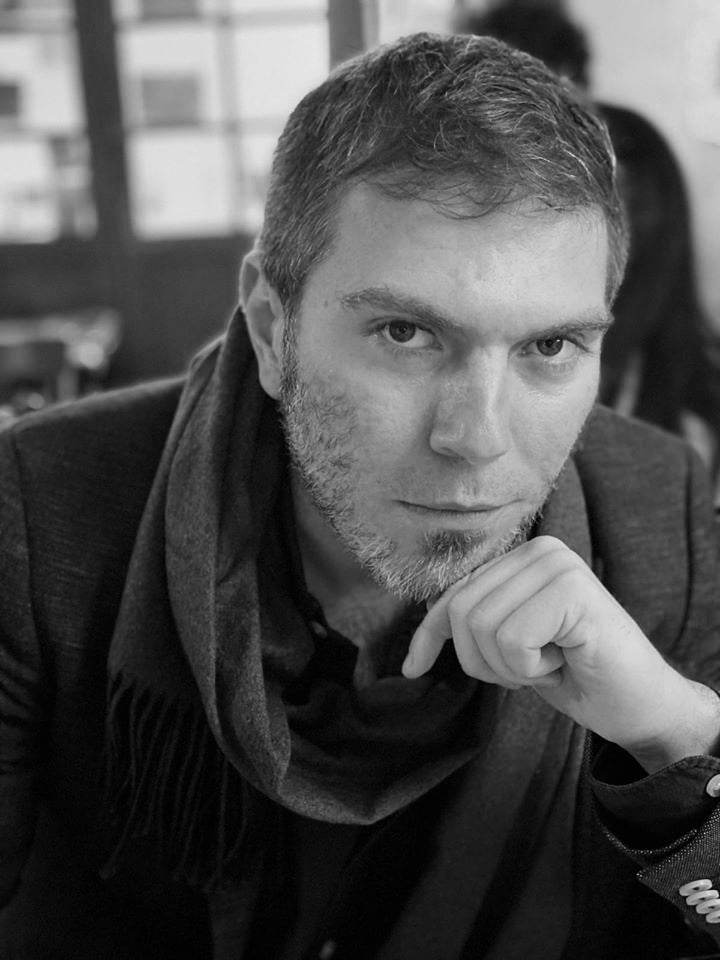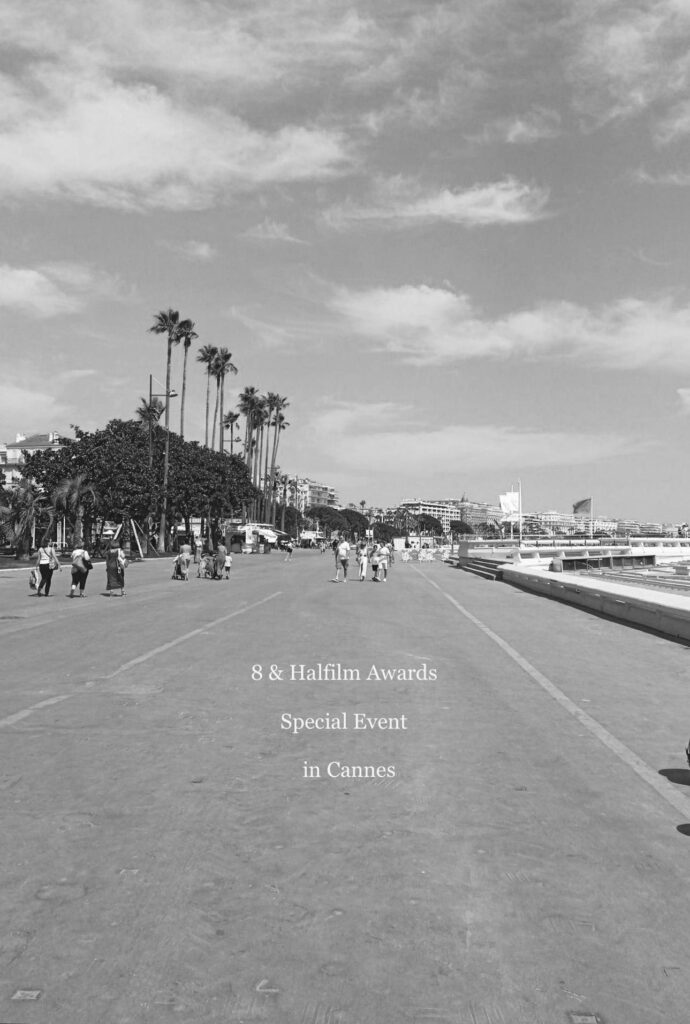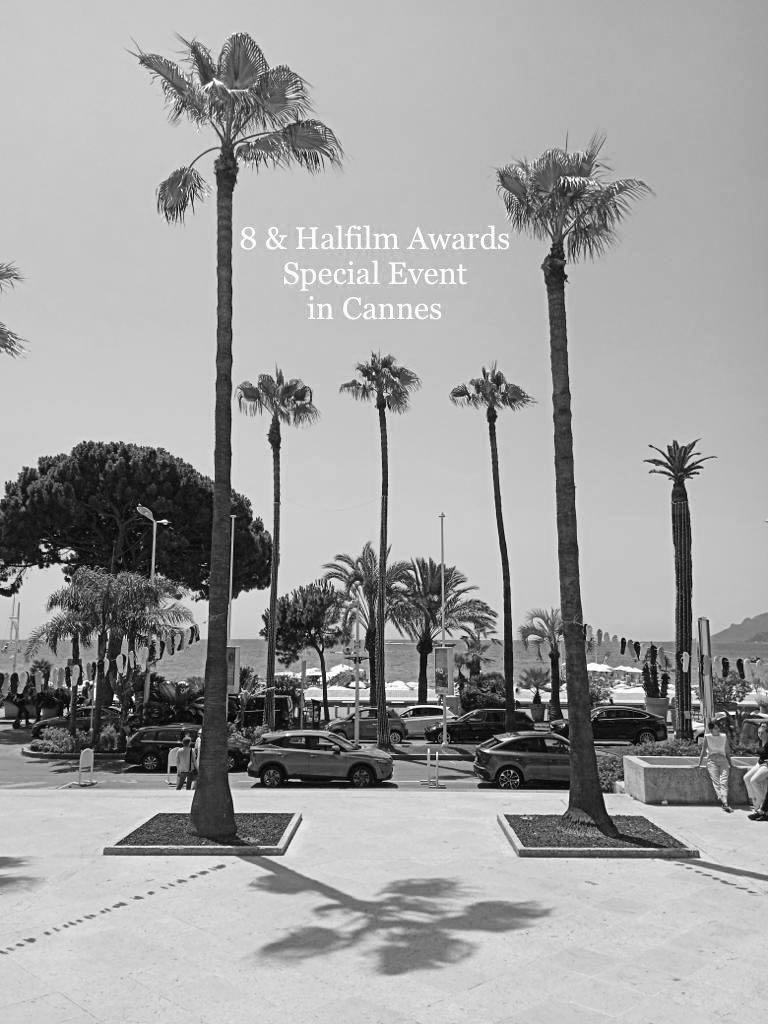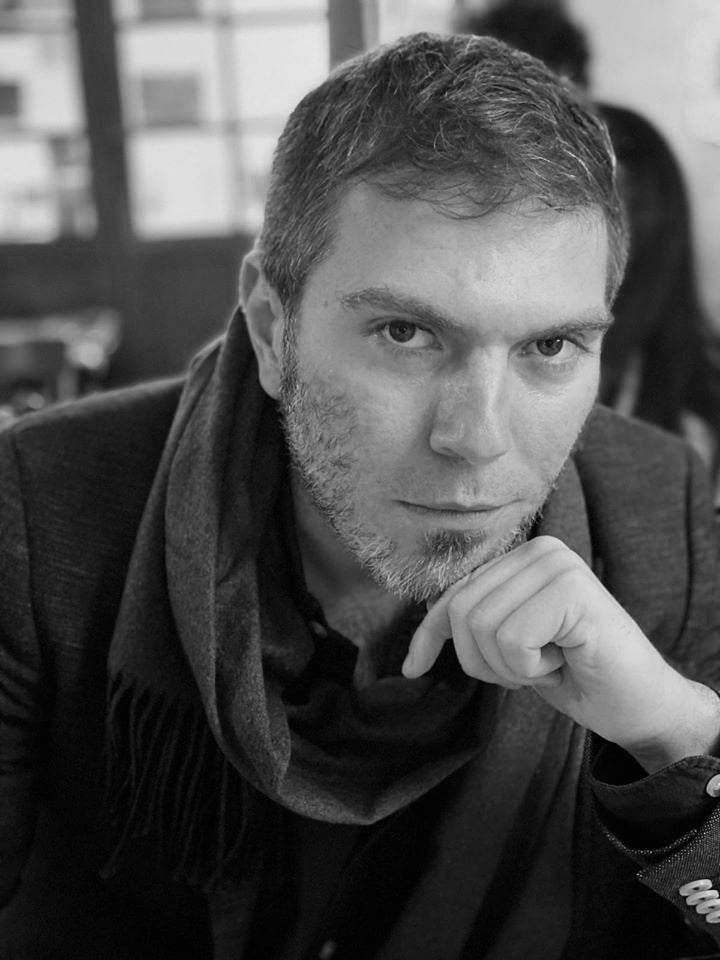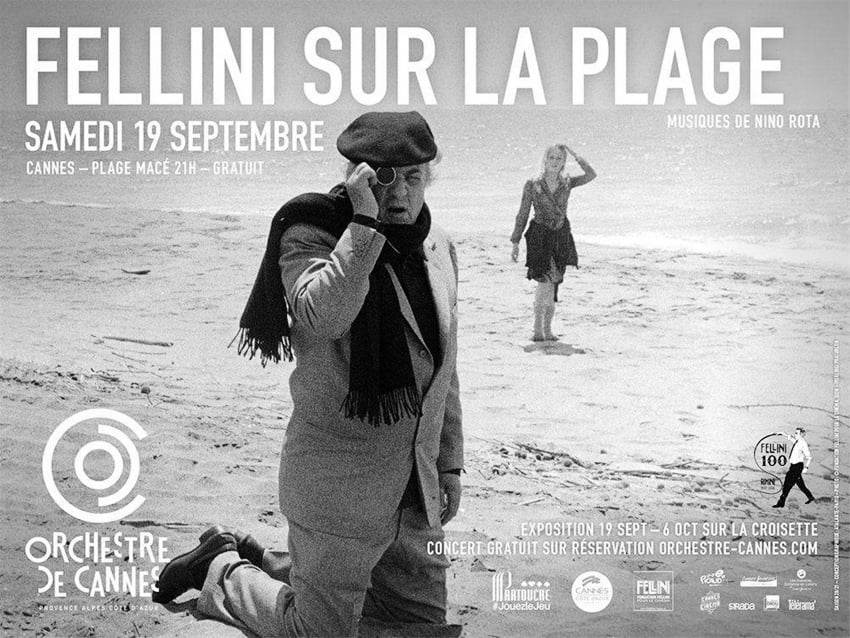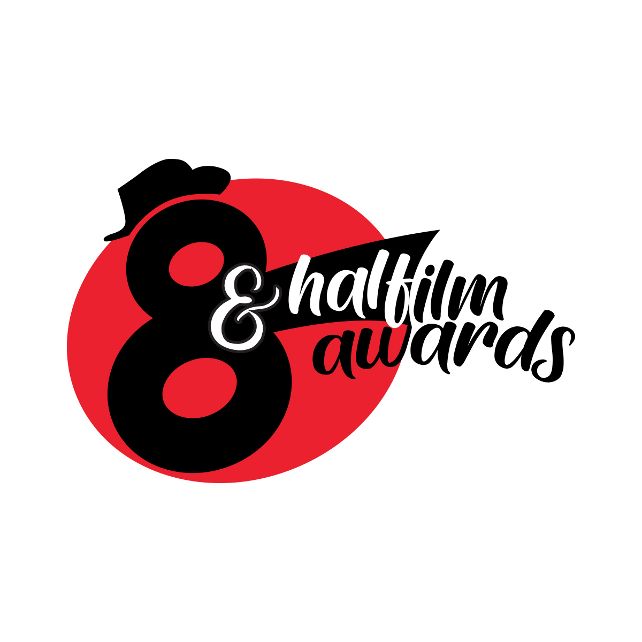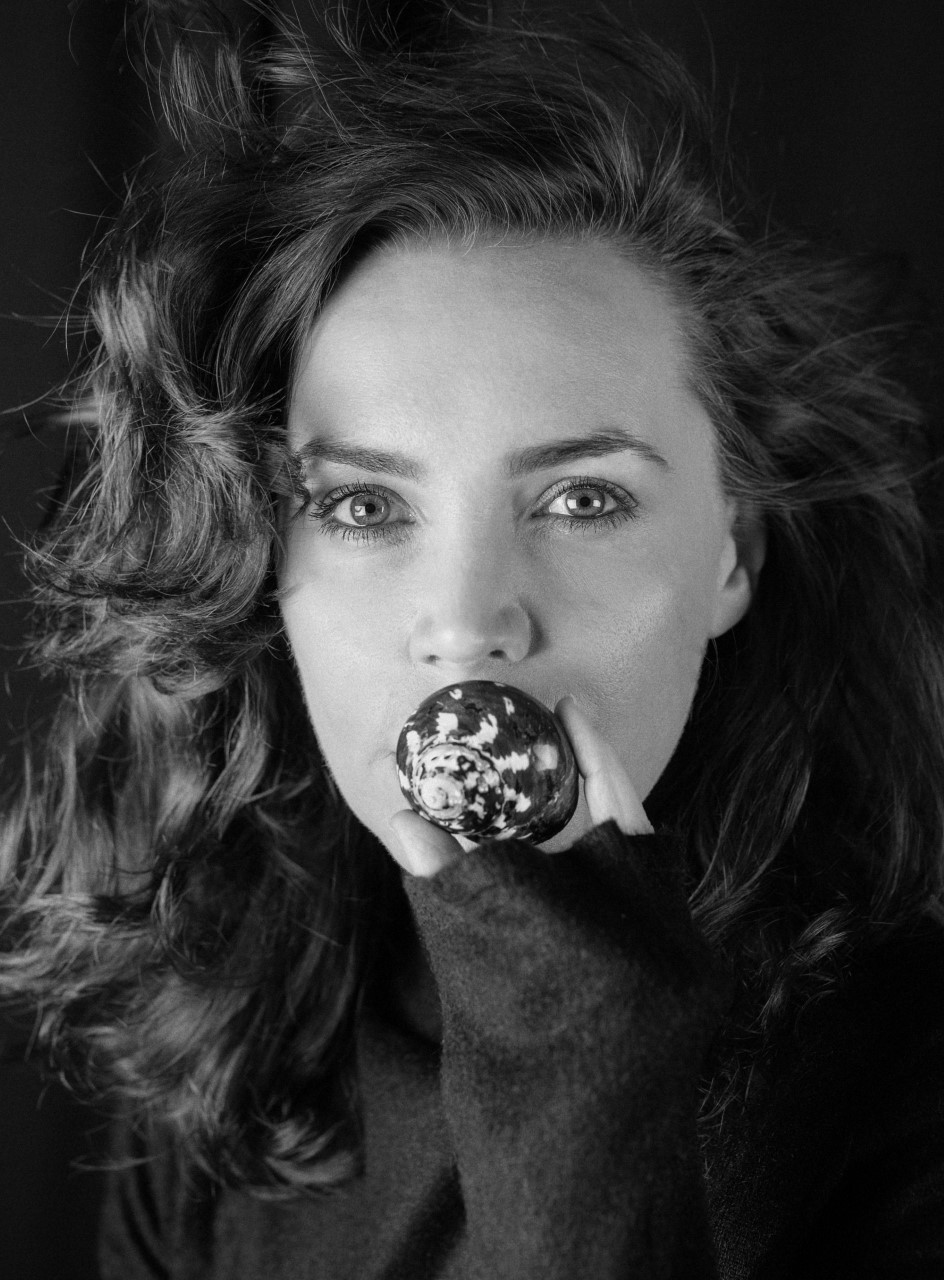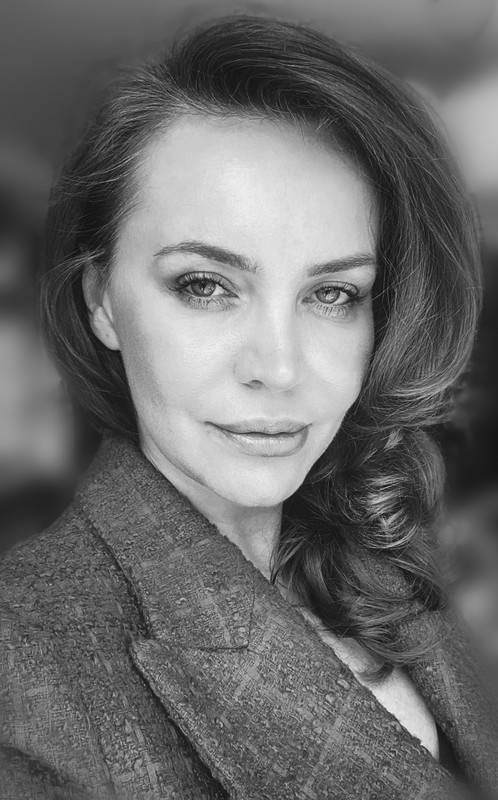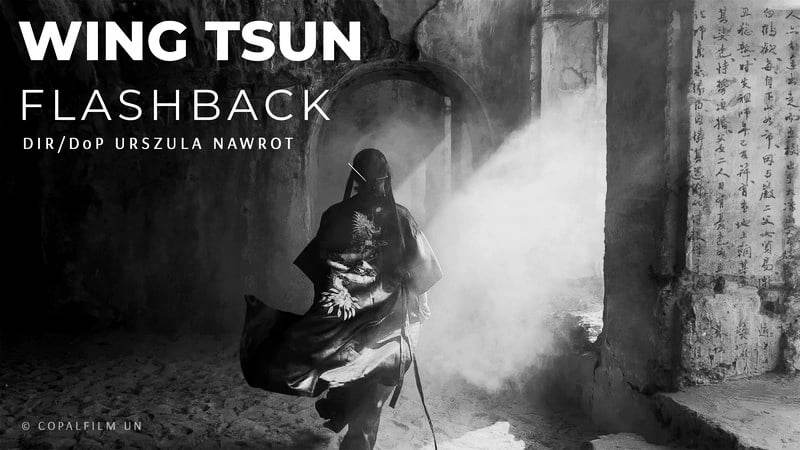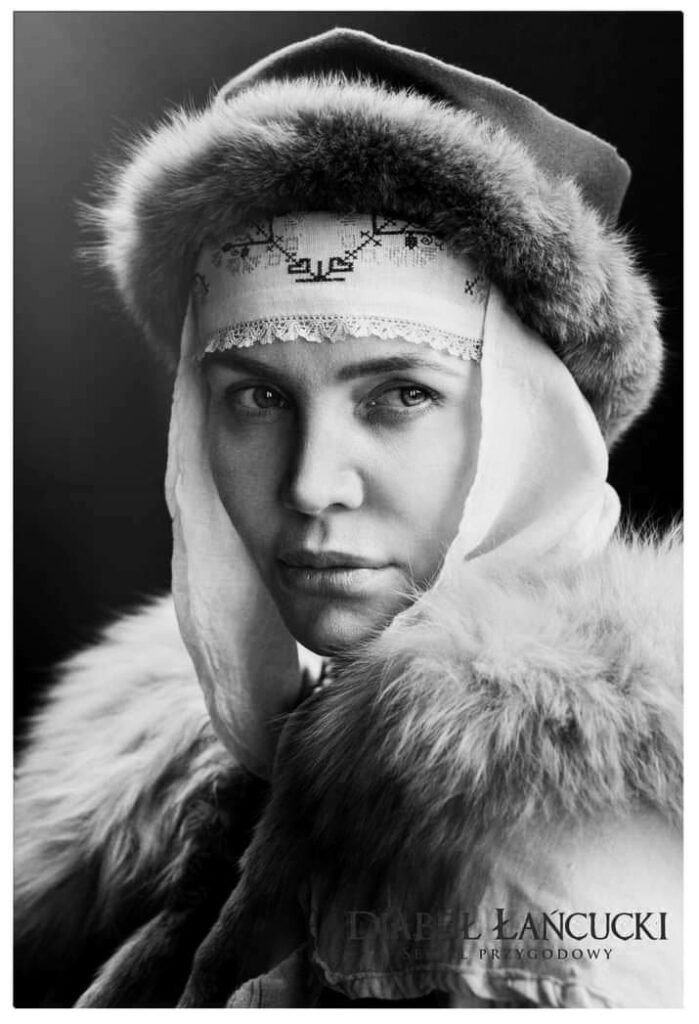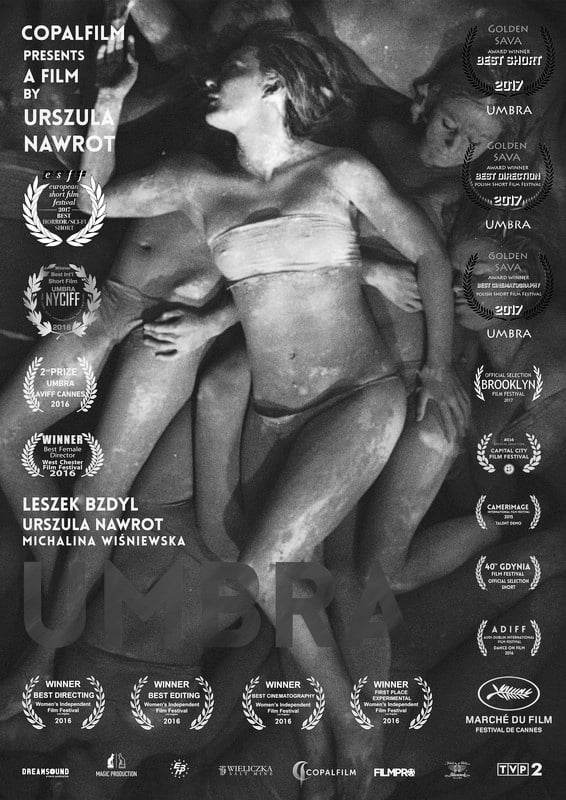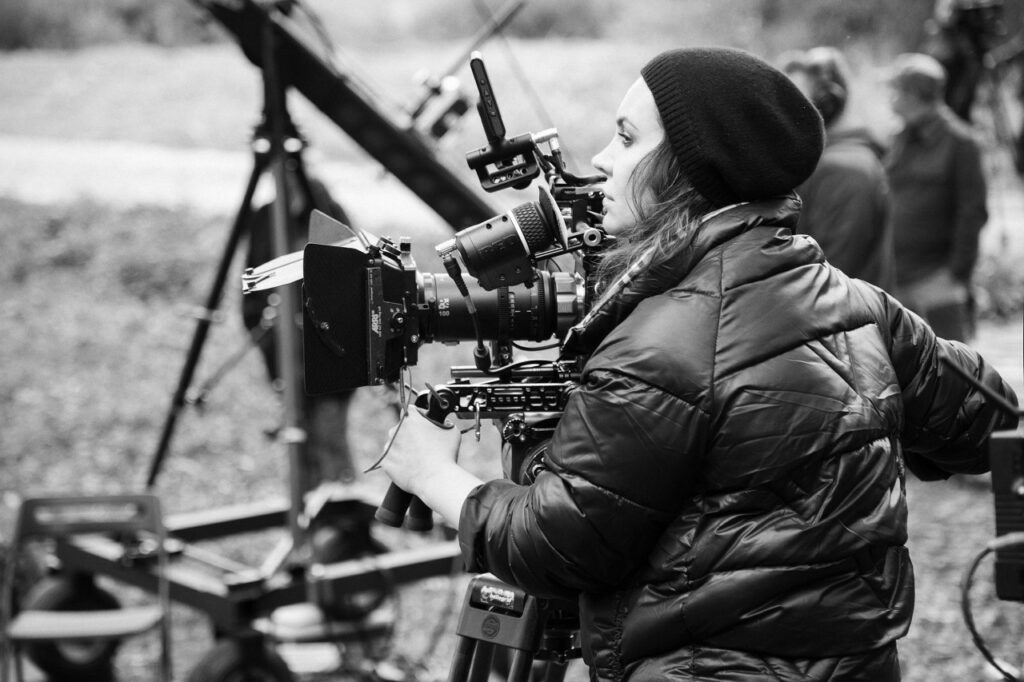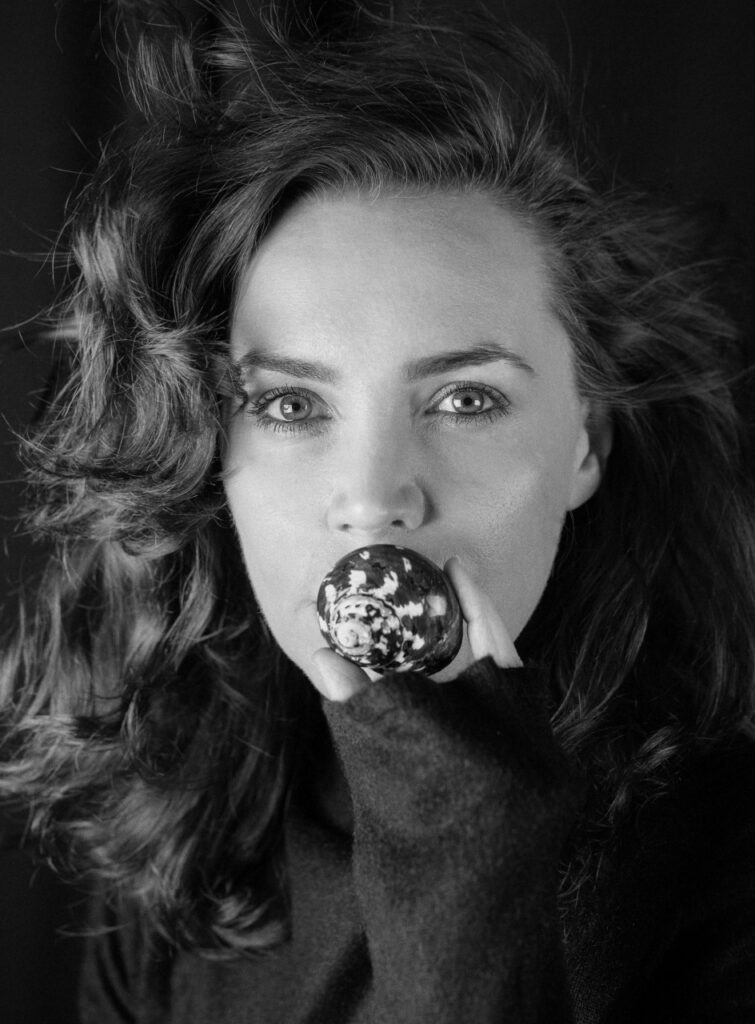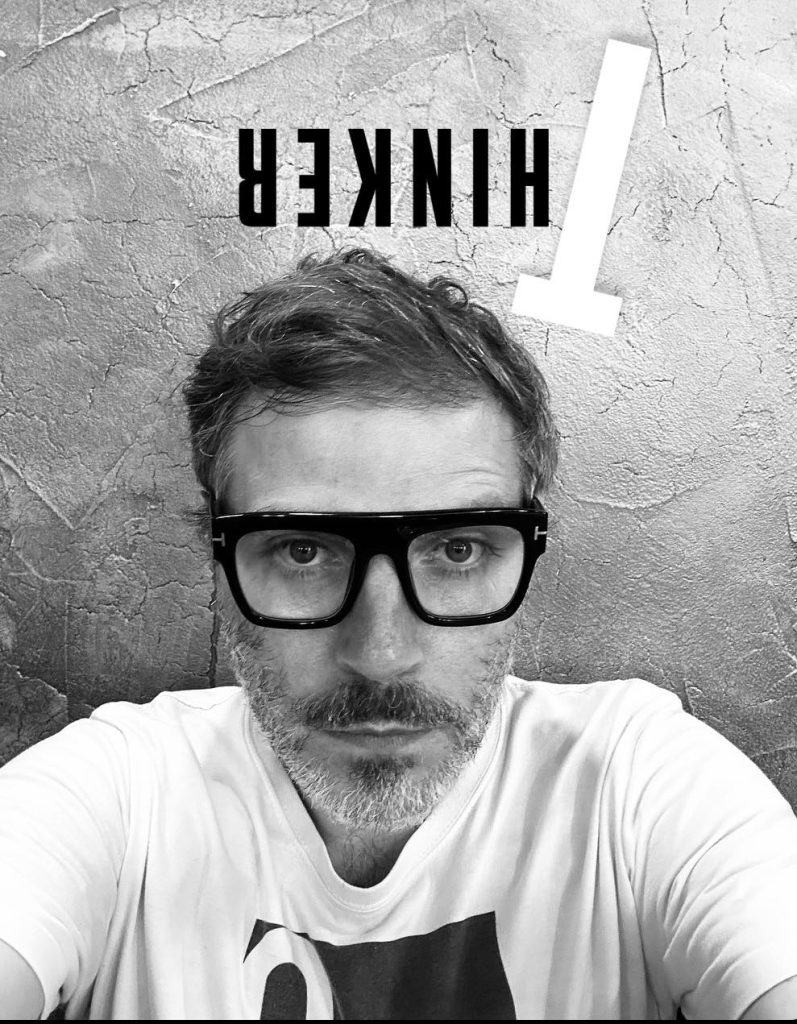
By Michele Diomà
You can make art with any tool. There are no tools for making art and tools with which it’s impossible to make art. If you are an artist, truly an artist, the simpler your tools for expression, the freer you will be to share your perspective on the Universe. This is a concept David Lynch left us with! The greatest artist in American cinema, created a YouTube channel. A channel where he even shared the weather forecast. And what’s artistic about weather forecasts? Nothing! But in the hands of an artist, even videos dedicated to the weather become Art! It was a great artistic statement by David Lynch! And today is a historic day for the WILD FILMMAKER Community, because we welcome into our beautiful global community of free artists, Sabrina Sutherland! Sabrina was David Lynch’s producer for many years. She worked on Twin Peaks, Inland Empire, and also collaborated on David Lynch’s YouTube channel. Starting today, Sabrina Sutherland is on WILD FILMMAKER with an exclusive interview.
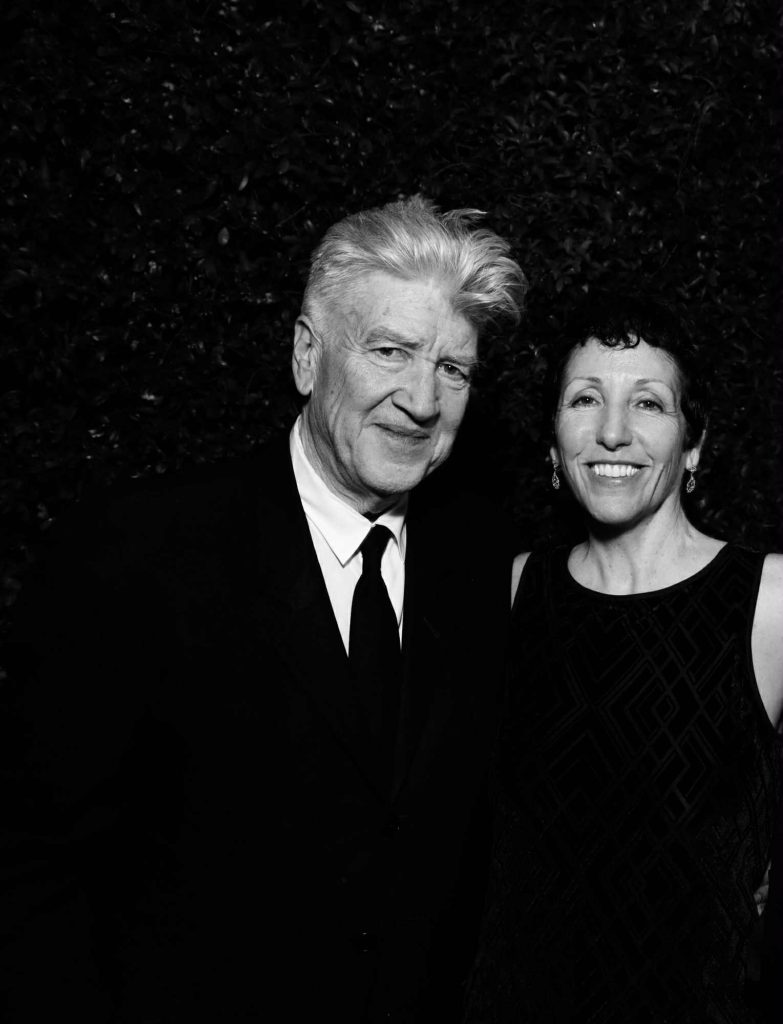
-Who is Sabrina S. Sutherland?
I am someone who always wanted to work on films and have been lucky enough to meet and collaborate with David Lynch along the way. I went to film school and couldn’t have dreamed of a better director with whom to work.
-Your collaboration with David Lynch makes you a direct witness to the development of one of the most important chapters in the History of Cinema. Could you share an anecdote about your professional and personal relationship with the Maestro?
My job as a producer with David was making sure all of his ideas were able to make their way onto the screen. It was my job to provide a safe and experimental set so that he had the ability to explore any and all ideas he wanted to pursue. I suppose one of the best ways I did this at the start of the production was to sit down with him and go through each scene, listening to him explain everything he wanted to see and do. We would also time it by me acting out the parts while he pictured the scene in his “mind’s eye.”
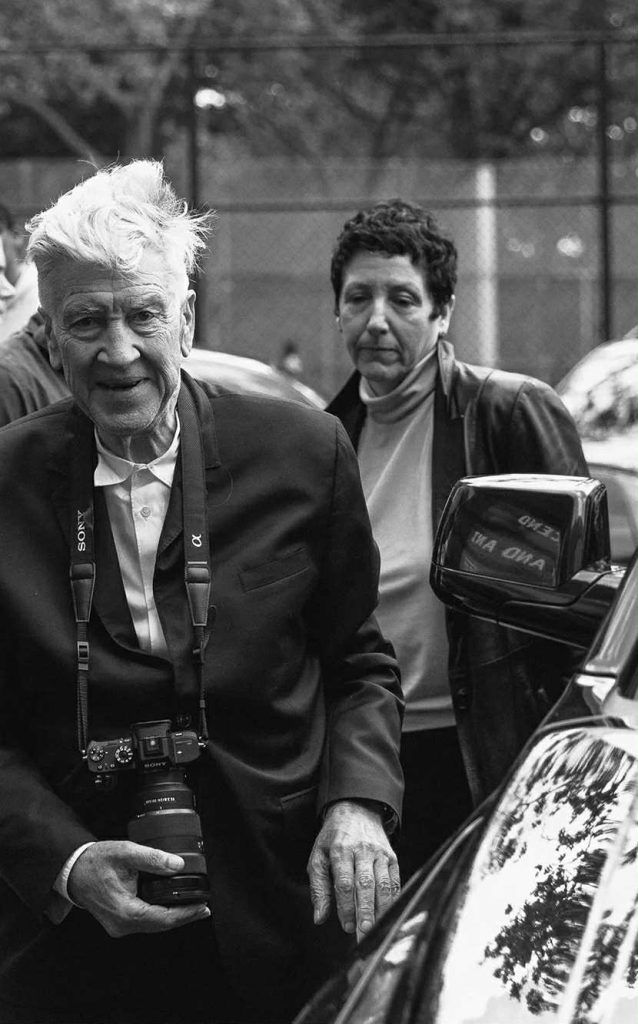
-In my opinion, there is only one director who can be compared to Federico Fellini in terms of originality and personal cinematic vision, and that is David Lynch. What do you think are the points in common between these two great artists?
It’s true that they both had their own unique visions, and they had their own personal experiences that seemed to form their ideas. They both used surreal imagery to illustrate – especially ordinary life. They also had interesting characters that have their own personalties. I don’t think quirky is the right word, but maybe unique? Also, the sound design for both creates that surreal mood somehow or at least compliments and is a main part of their films. David always reminded me that the visuals are only half of the movie and the sound is equally as important. I am sure if someone did a dissertation comparing these two there would be much more than my simple observations above of course.
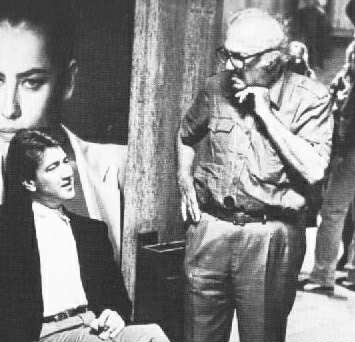
-What does “intuition” mean to you in a director?
I equate “intuition” with “ideas” a director has. With David, he would get an idea and stay true to that idea. He never would deviate from that idea. If production somehow limited the visual/auditory image he had, he would be able to imagine other ways he could achieve the idea he wanted to capture. He innately knew what would work or not work for that idea.
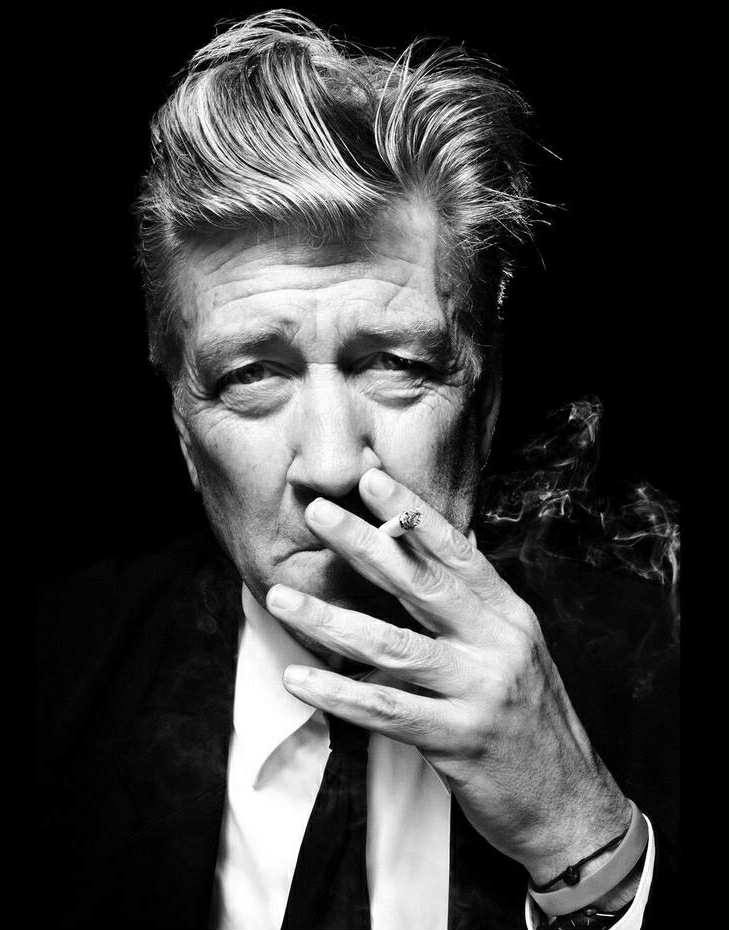
-One of David Lynch’s latest ventures that I admired was his YouTube weather reports. An idea that, while seemingly non-artistic, becomes Art in the hands of an artist. Do you know how that idea came about?
David originally had this idea back during his davidlynch.com days. However, during the latest Covid shutdown we two talked and decided to have a YouTube site where we could post videos and keep working on our own while our Netflix project was put on hold. David suggested he do the Weather Report while I suggested he be filmed doing his ordinary daily work or something else fun. We ended up doing all of it. He loved the weather and loved doing the reports. We both loved the audience responses.
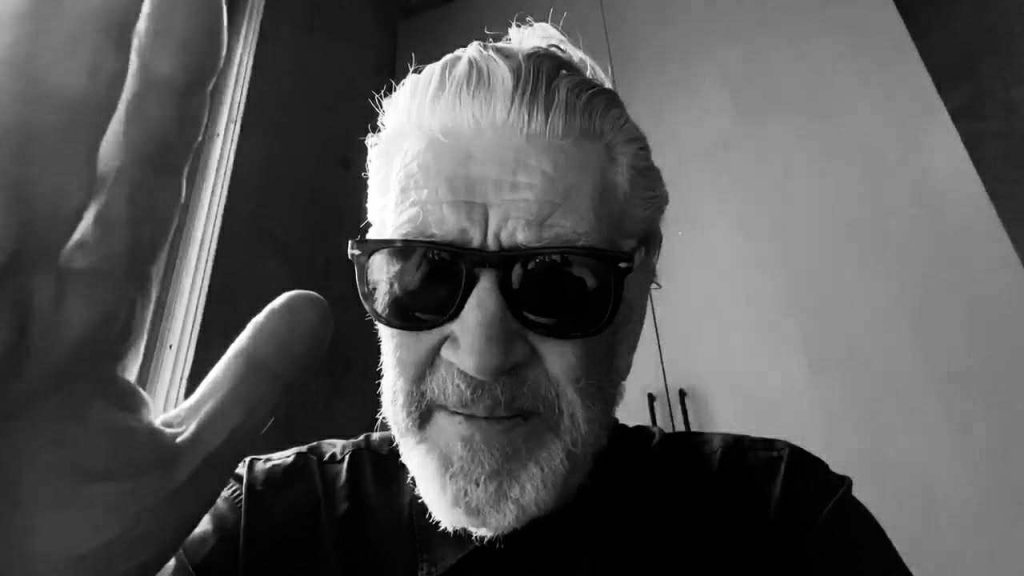
-What projects are you currently working on?
I am currently working with the Twin Peaks group and traveling around with the”Twin Peaks: Conversation with the Stars” tour. It’s been great so far to meet so many Twin Peaks and David Lynch fans.
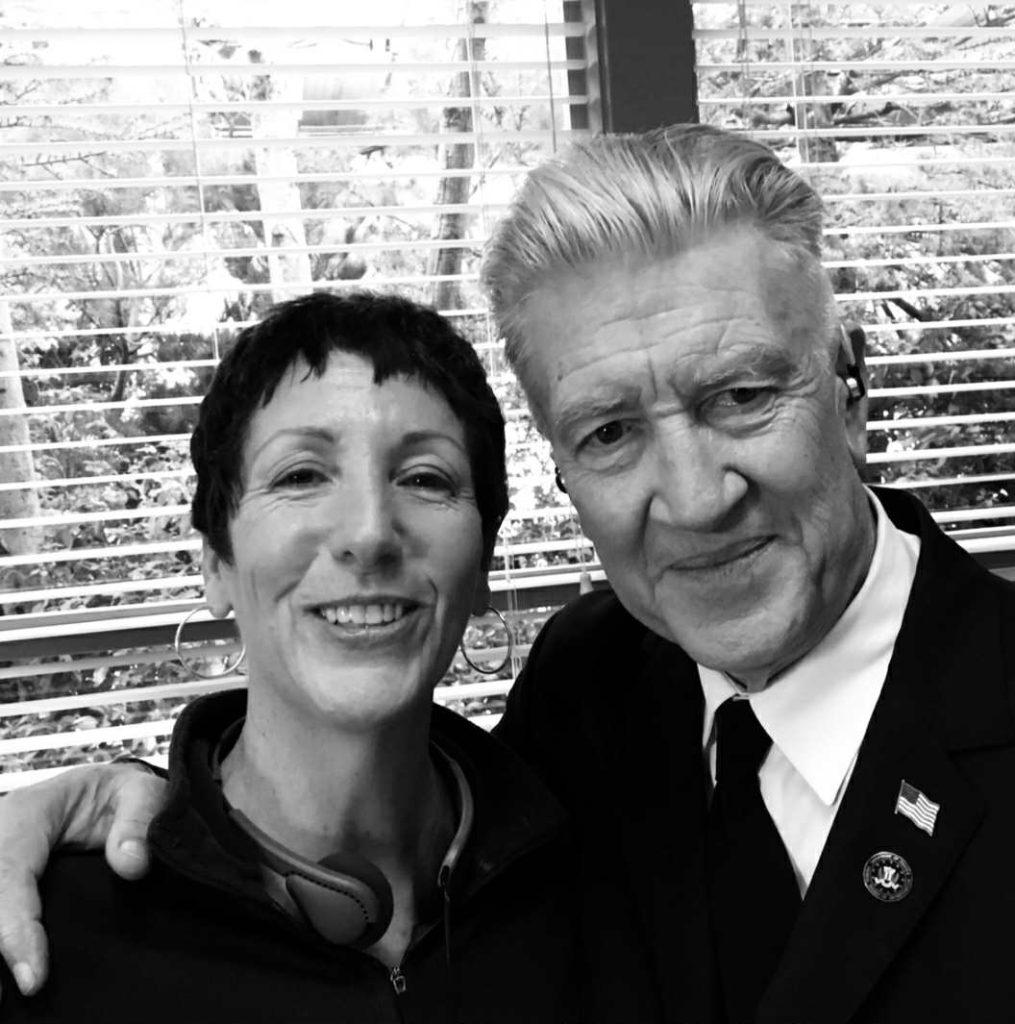
-Would you be interested in acting in a film? If so, what kind of role or project would appeal to you?
I have enjoyed working as an actor in several small projects as well as Twin Peaks: The Return. I am not much an actor, but I do enjoy it immensely! I like working with friends and people who are nice to be around. That’s appealing to me – no screamers or unpleasant folks.
